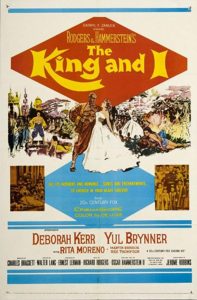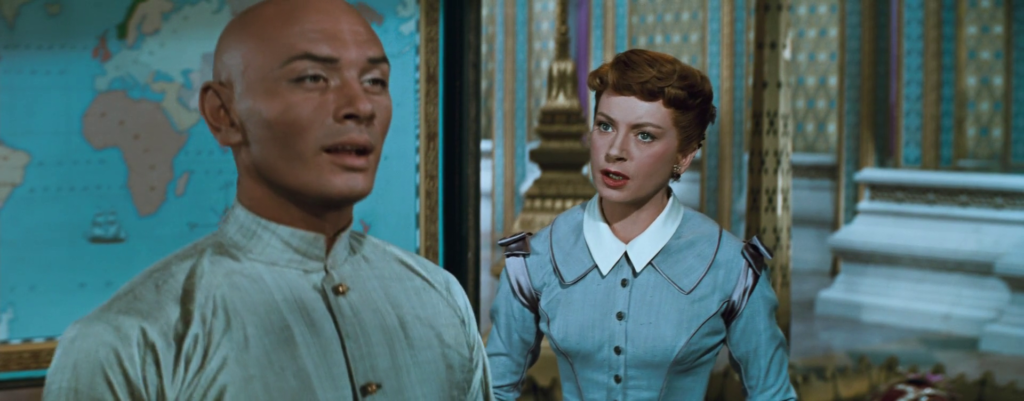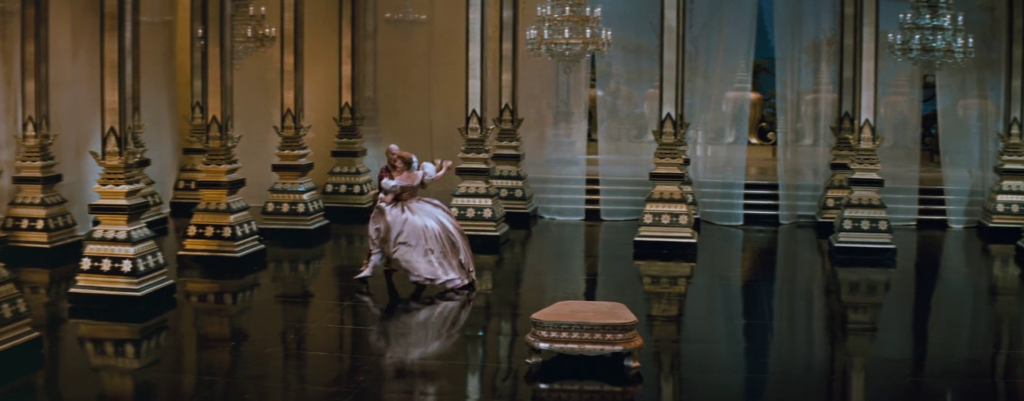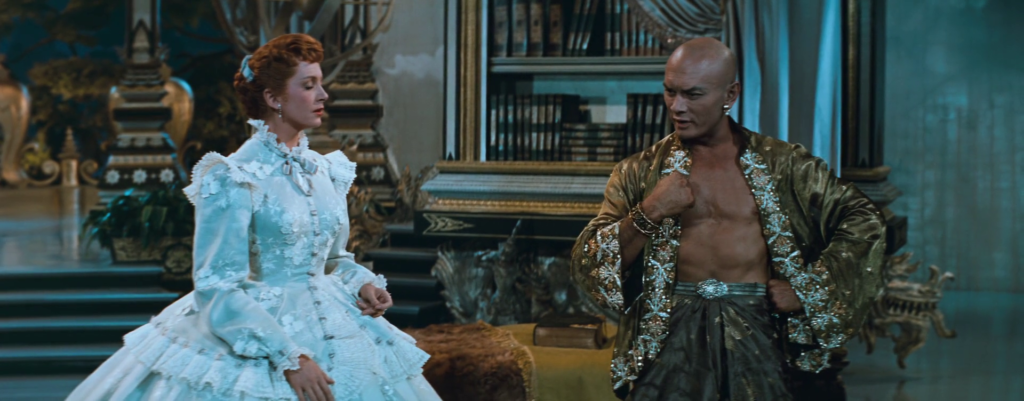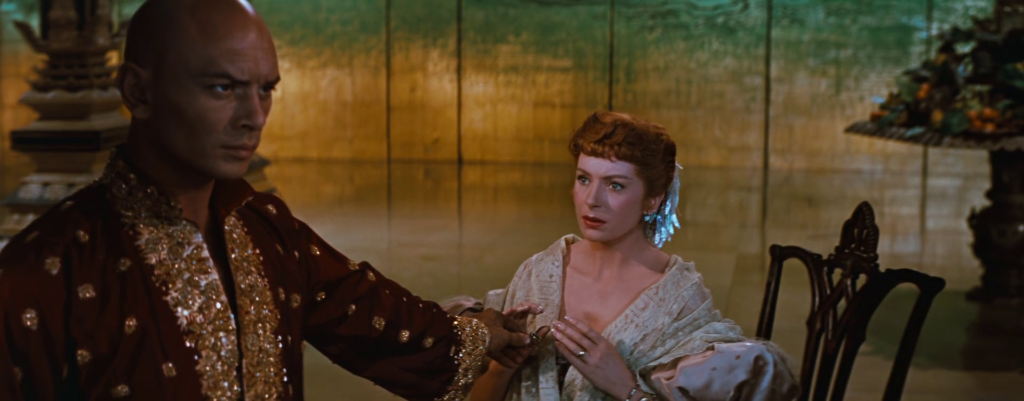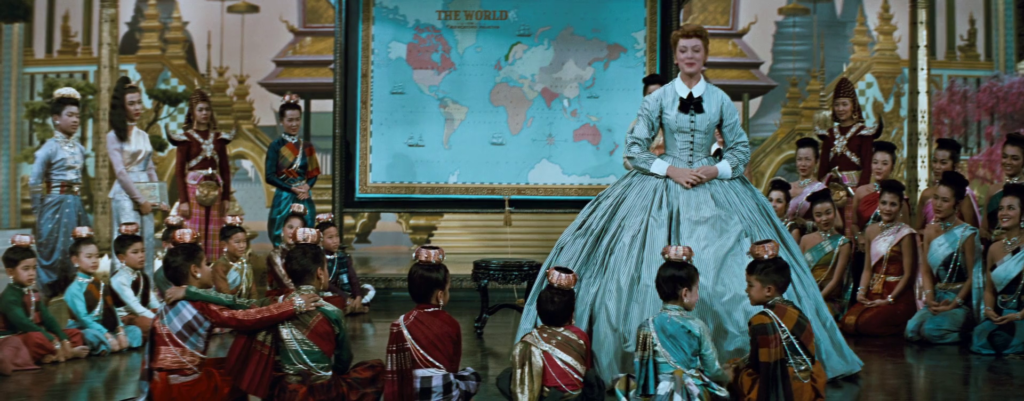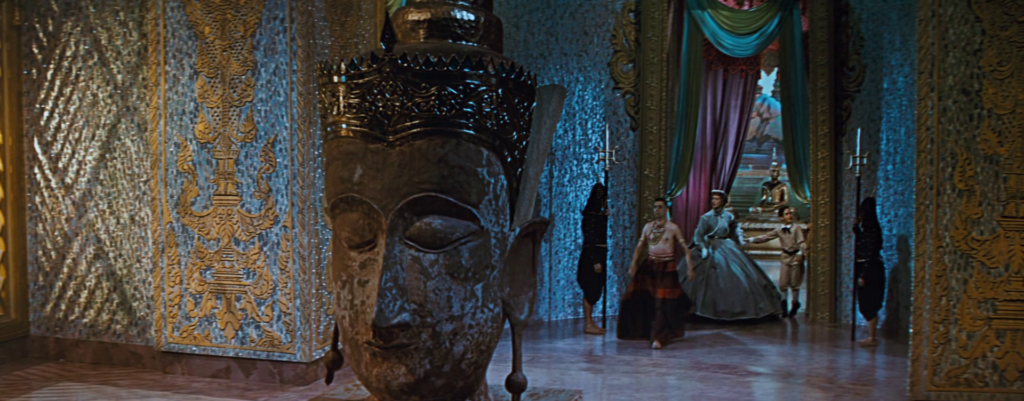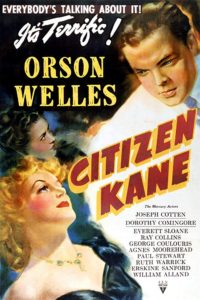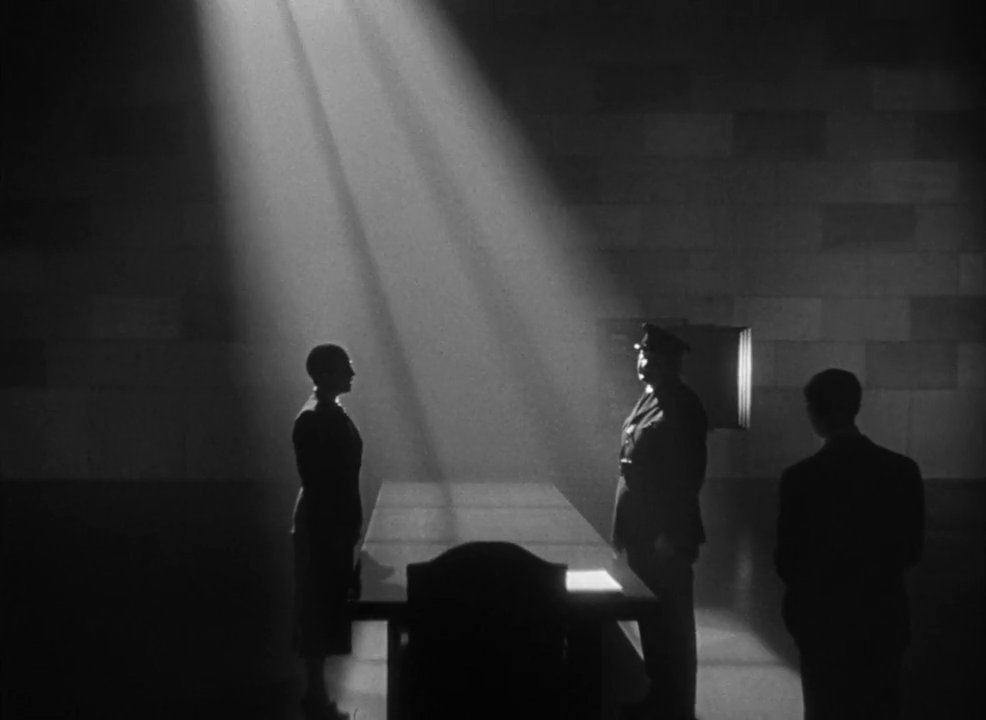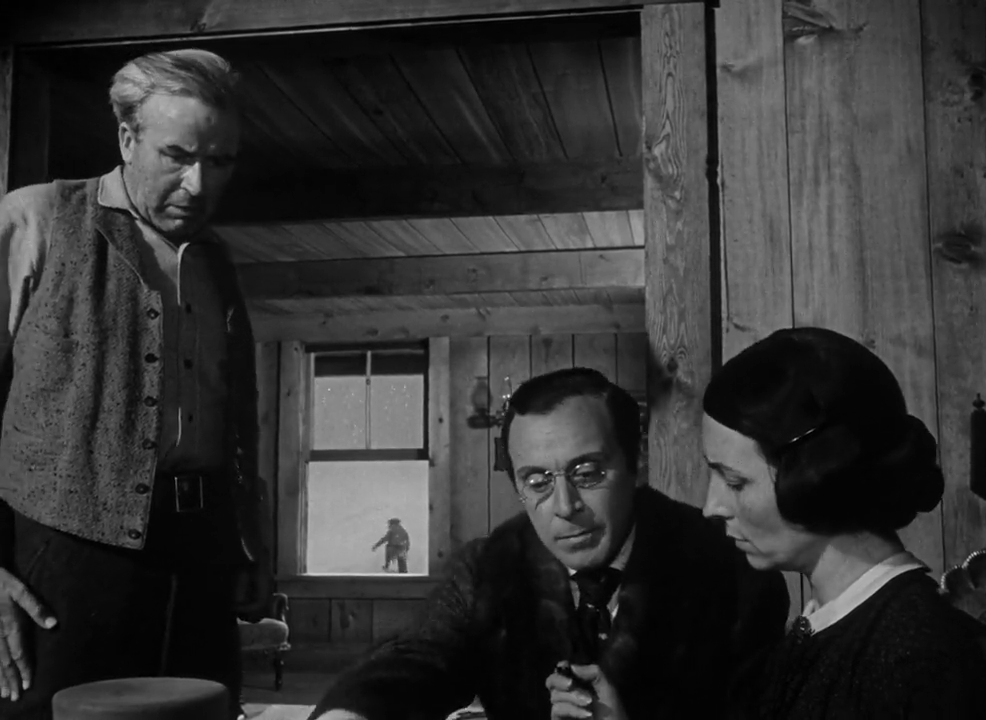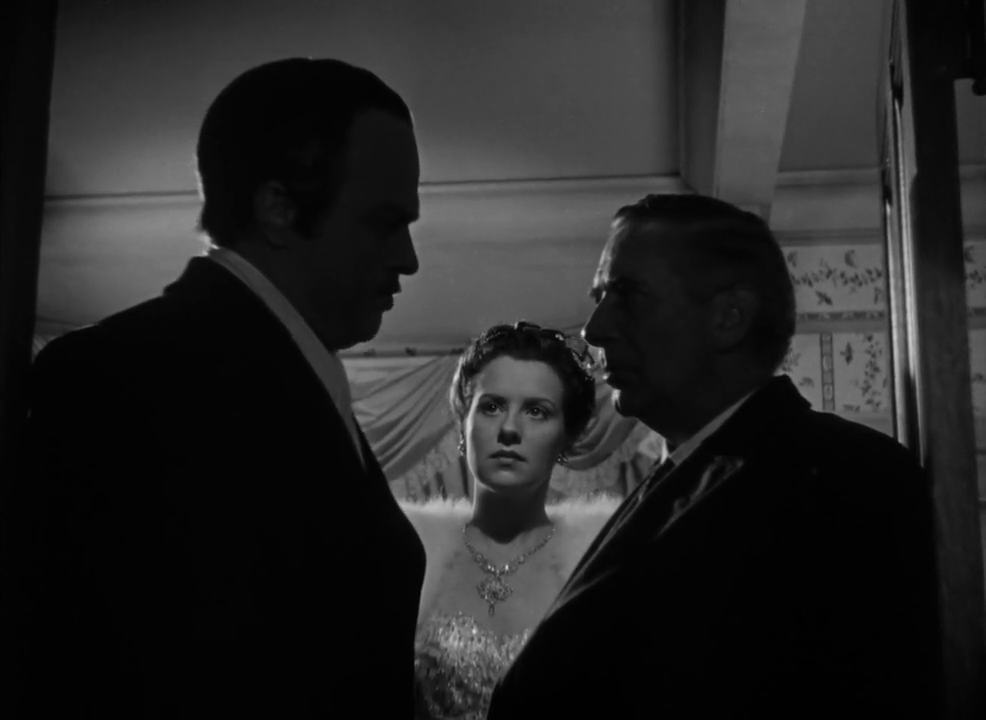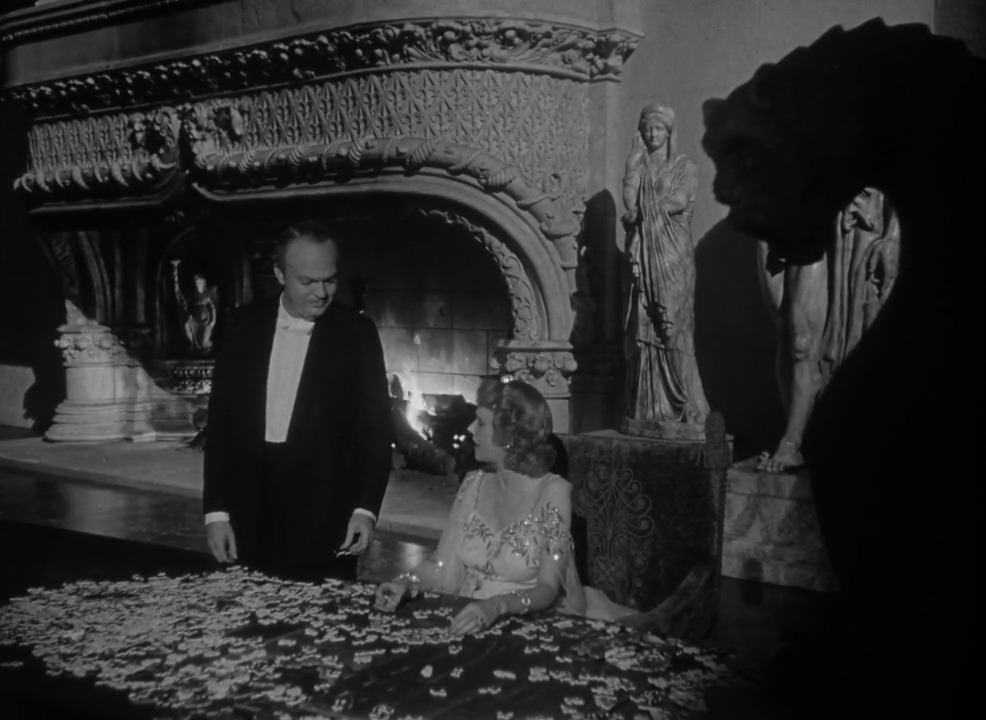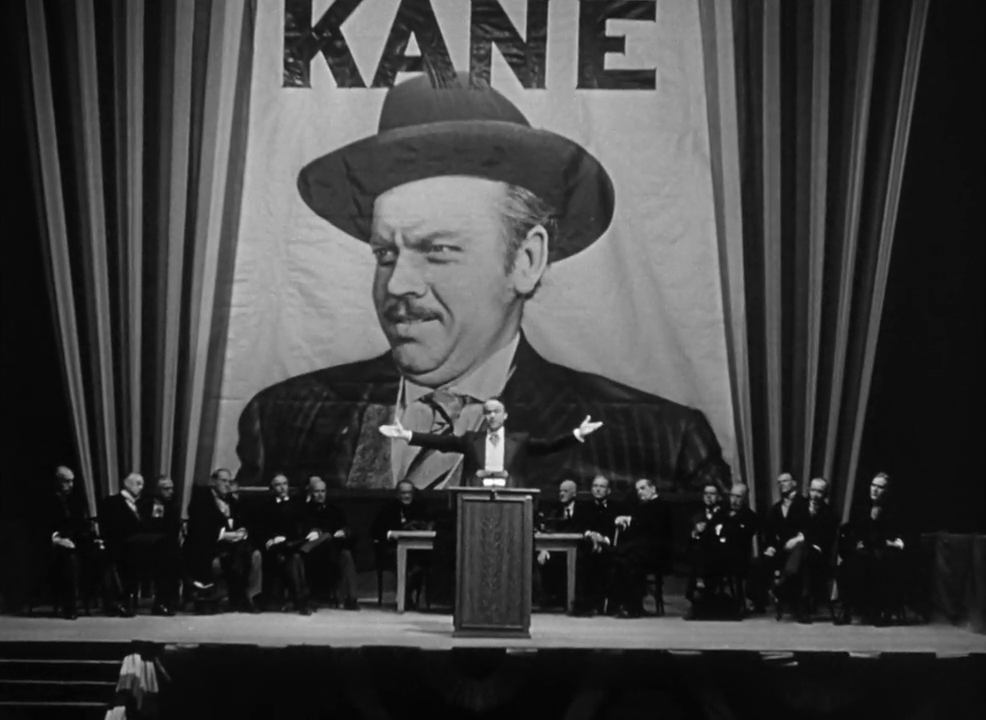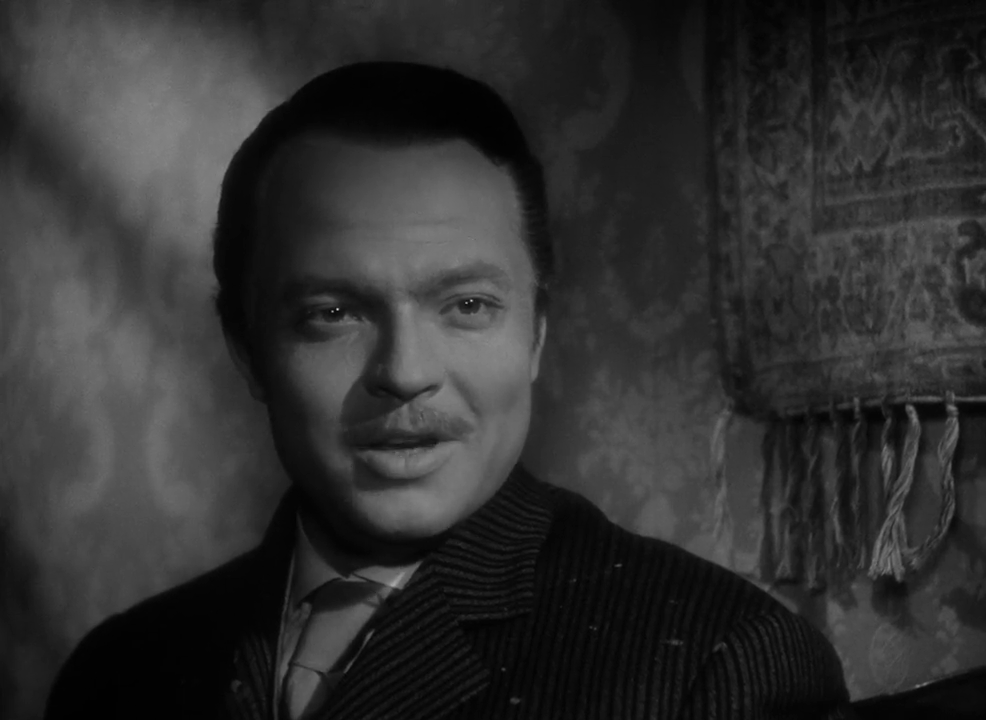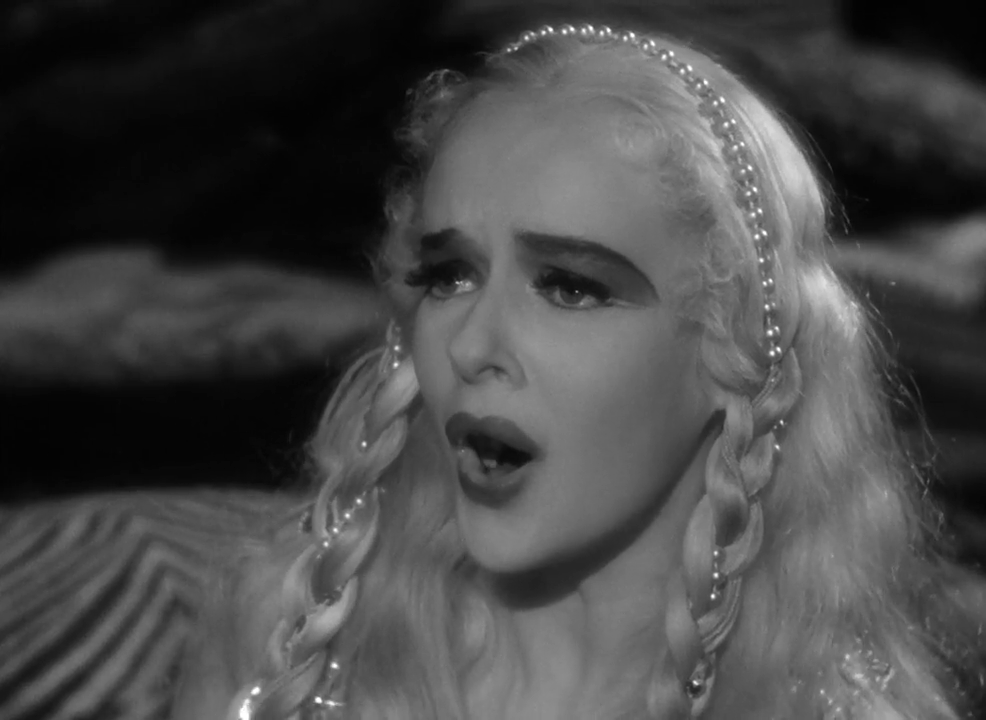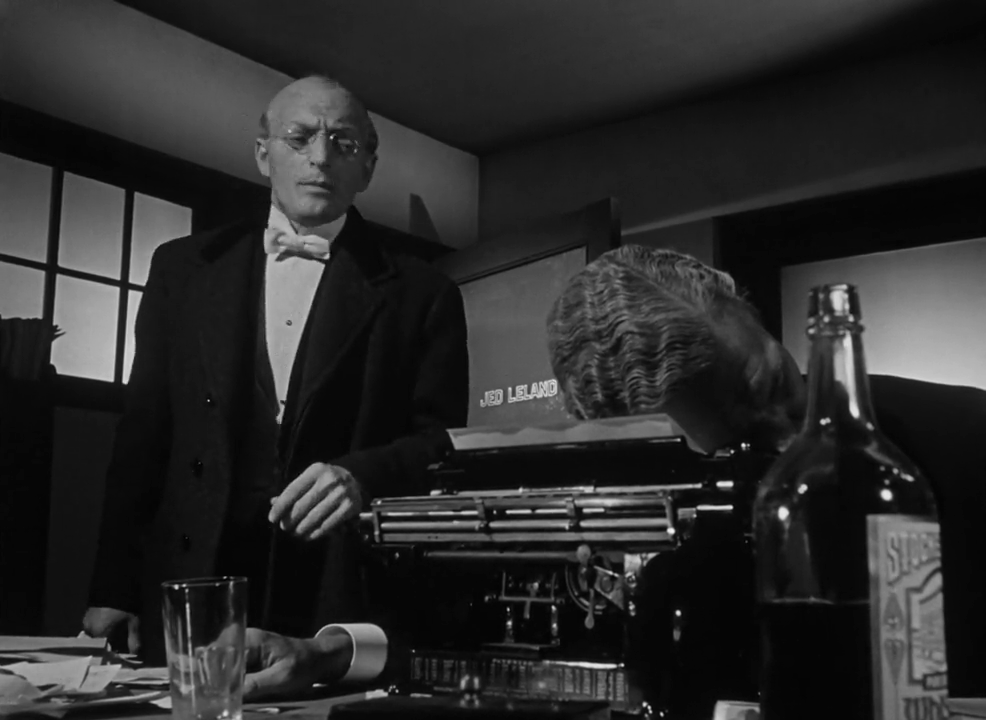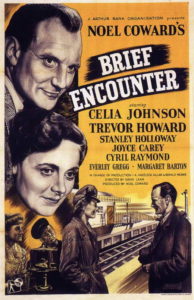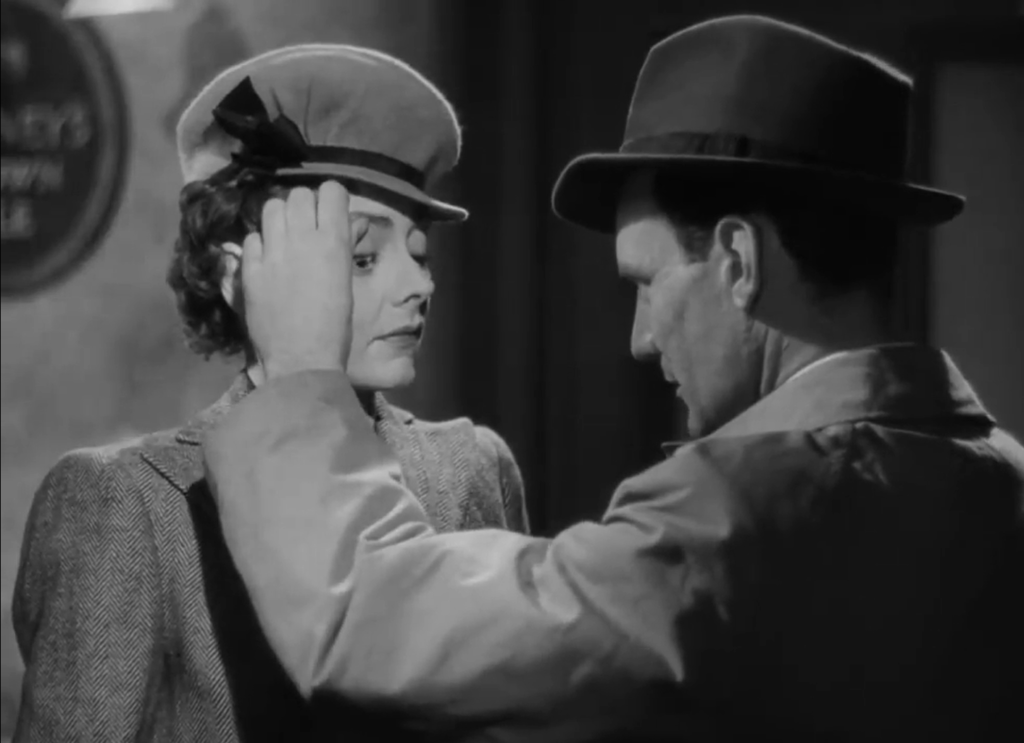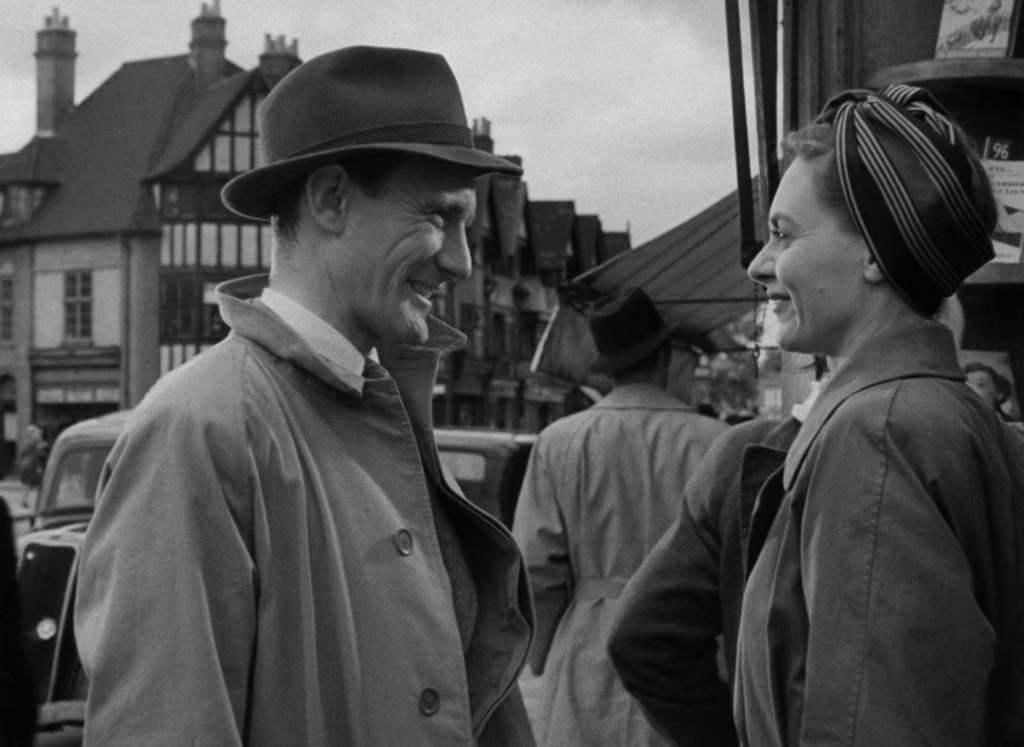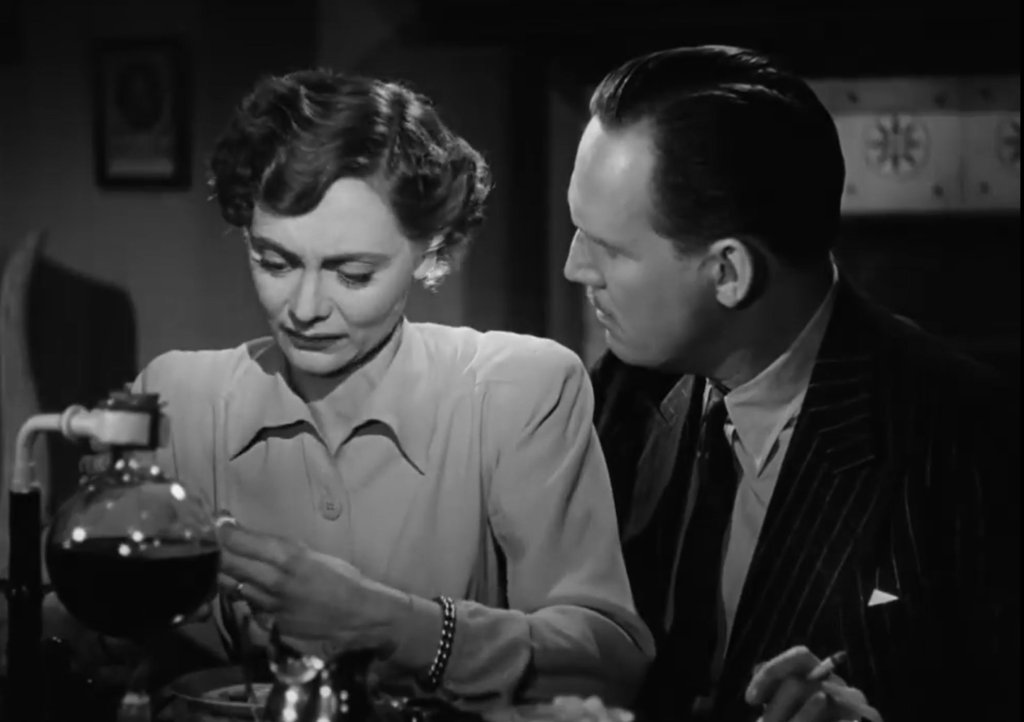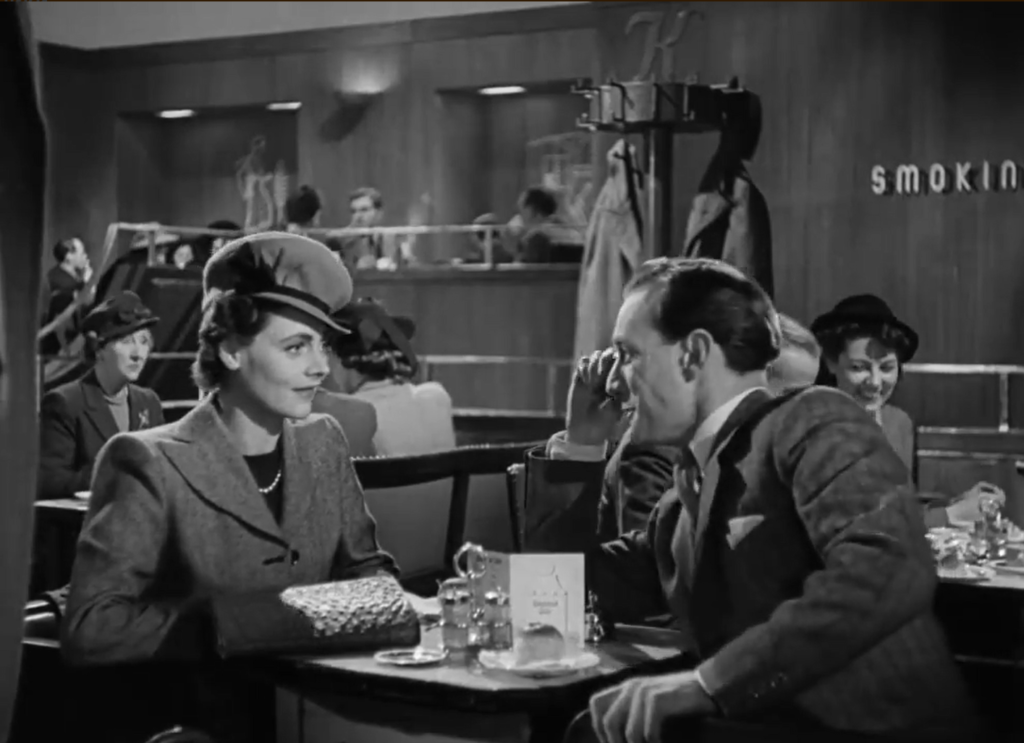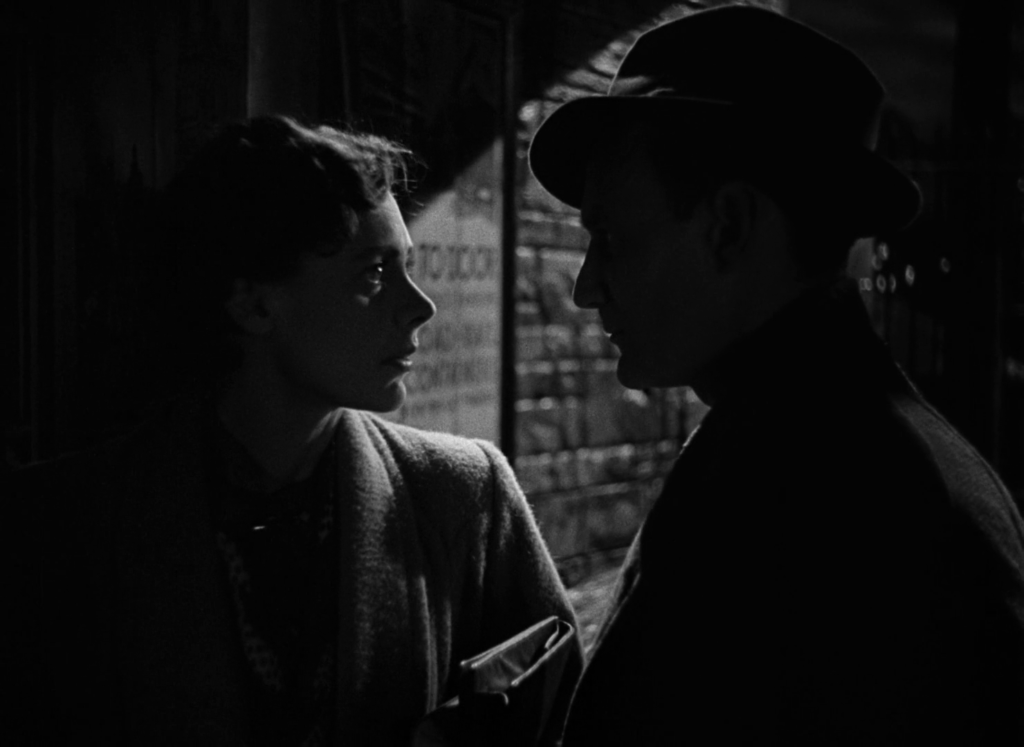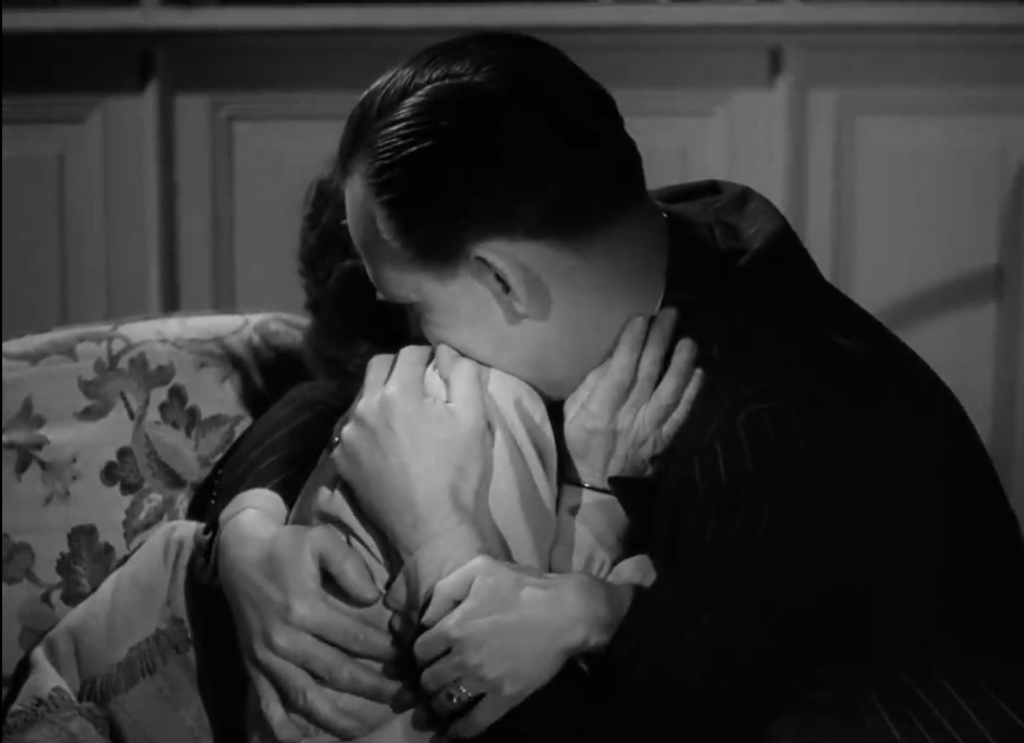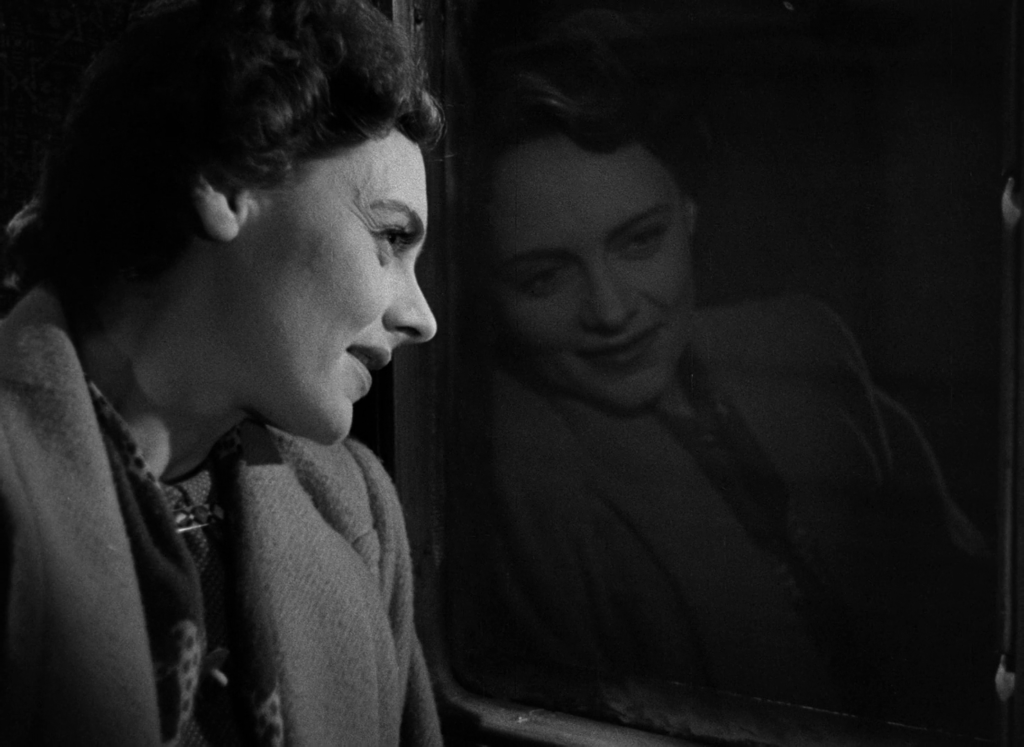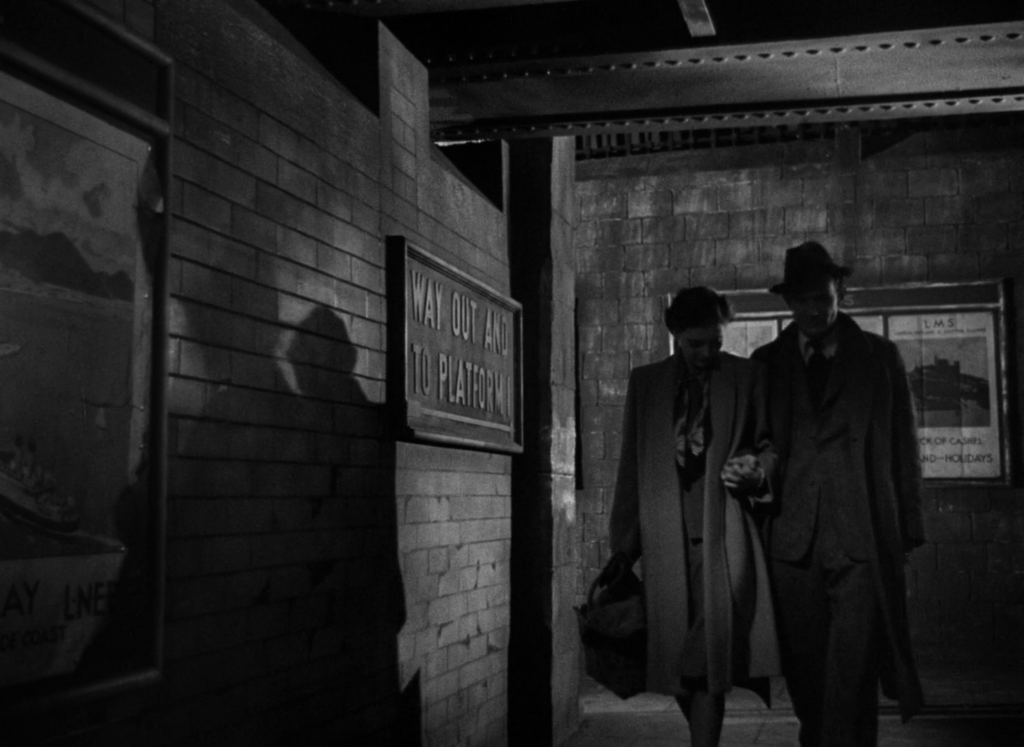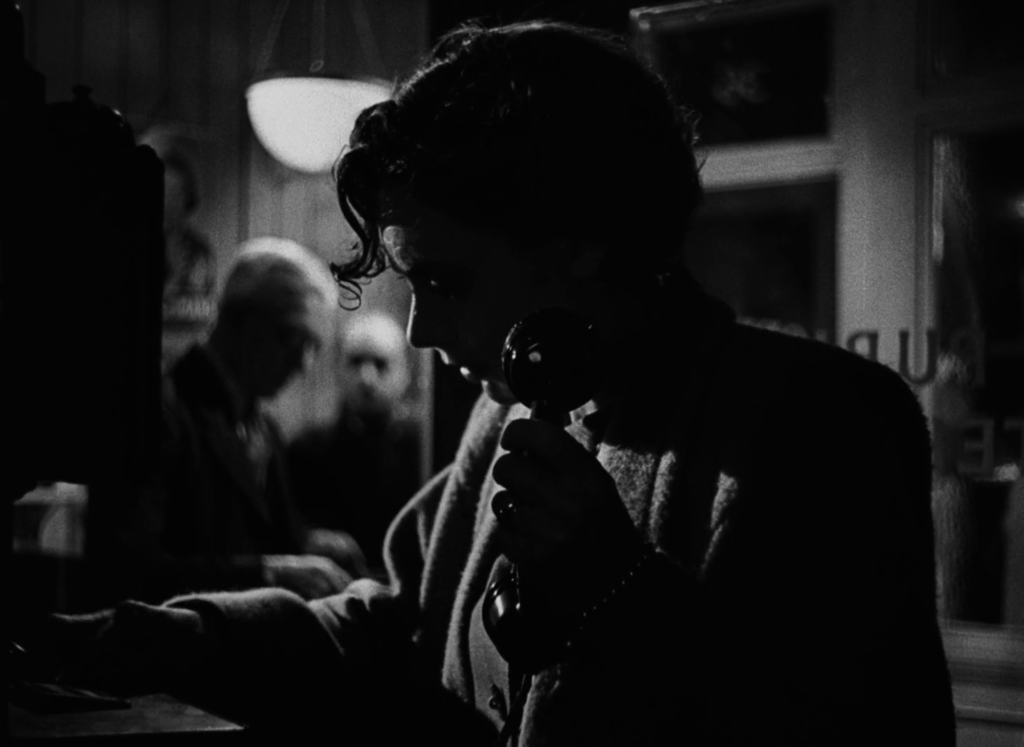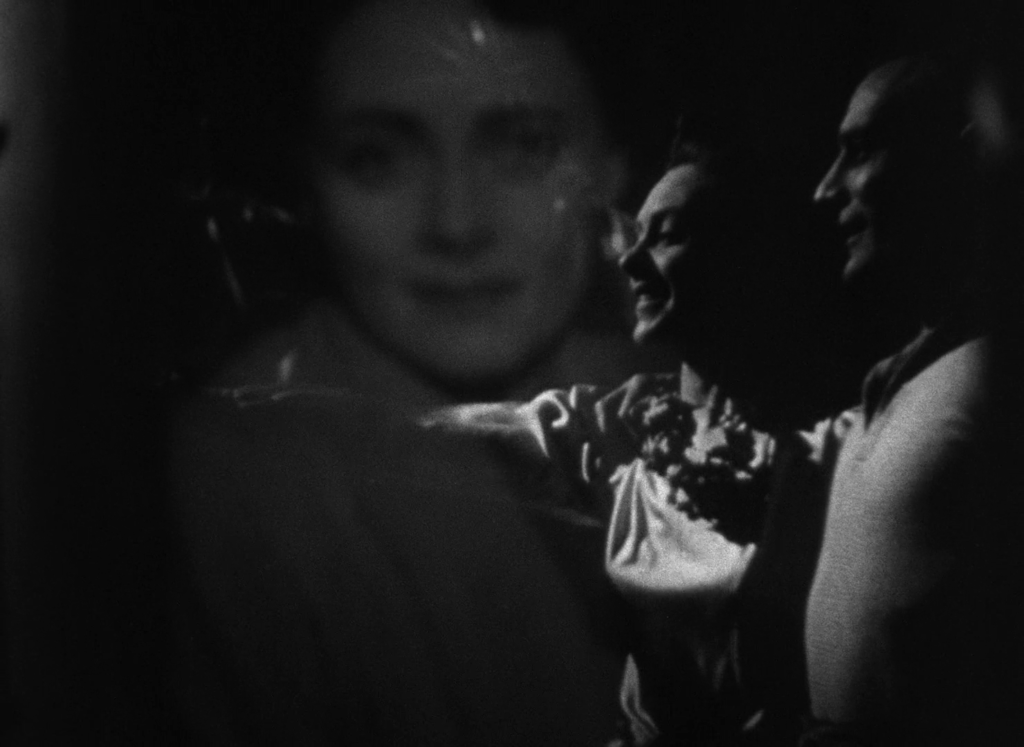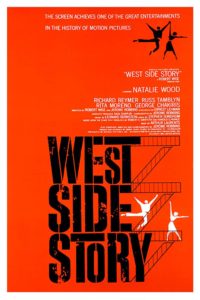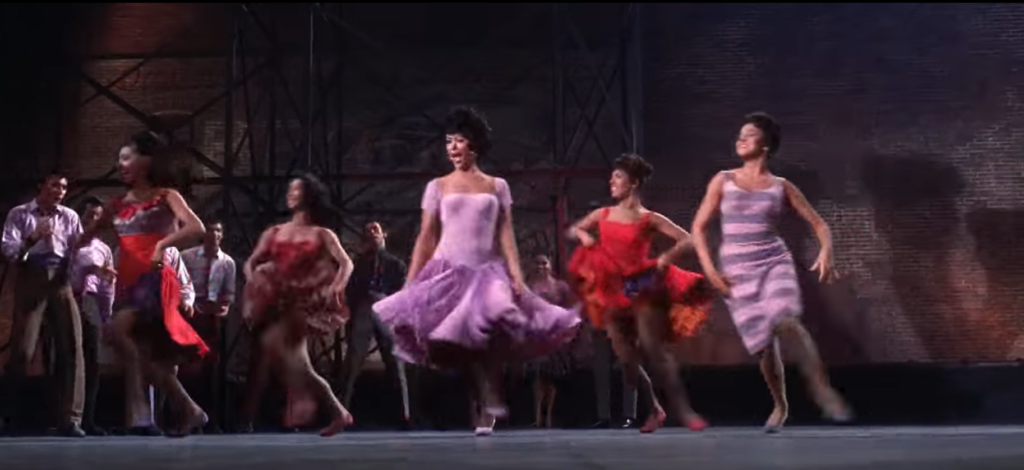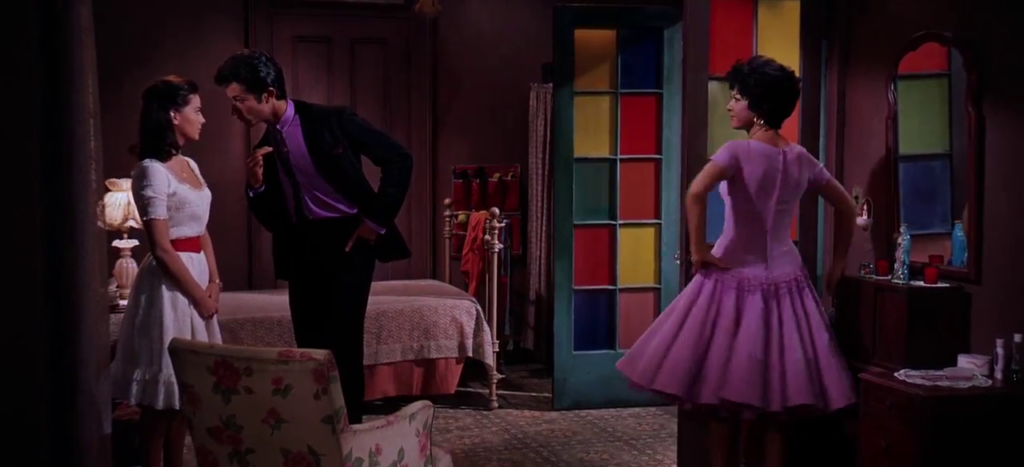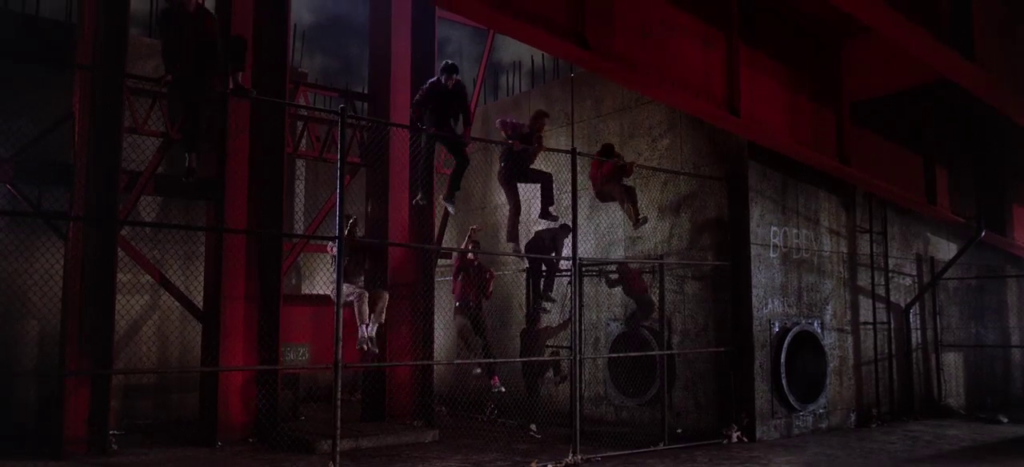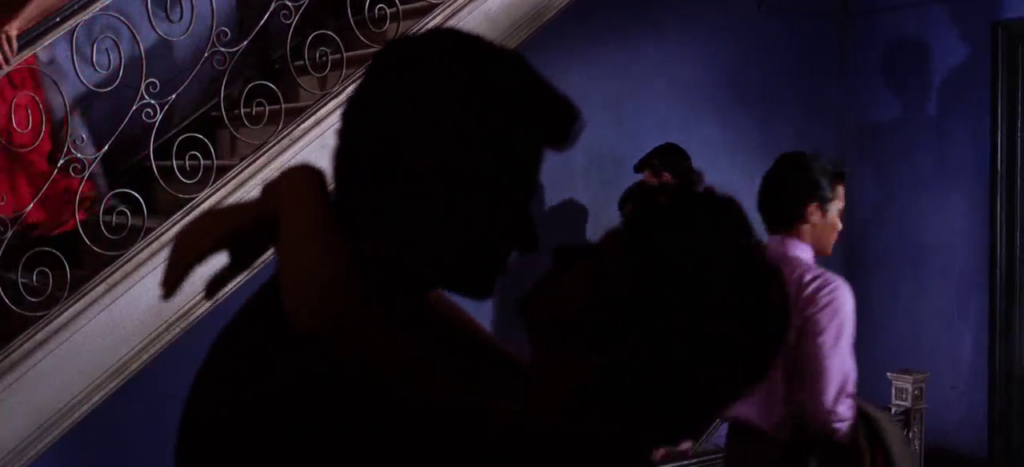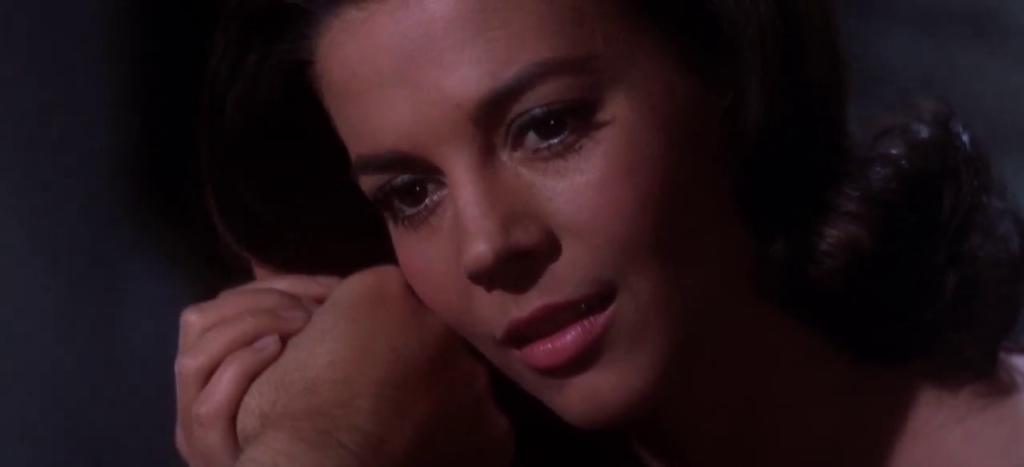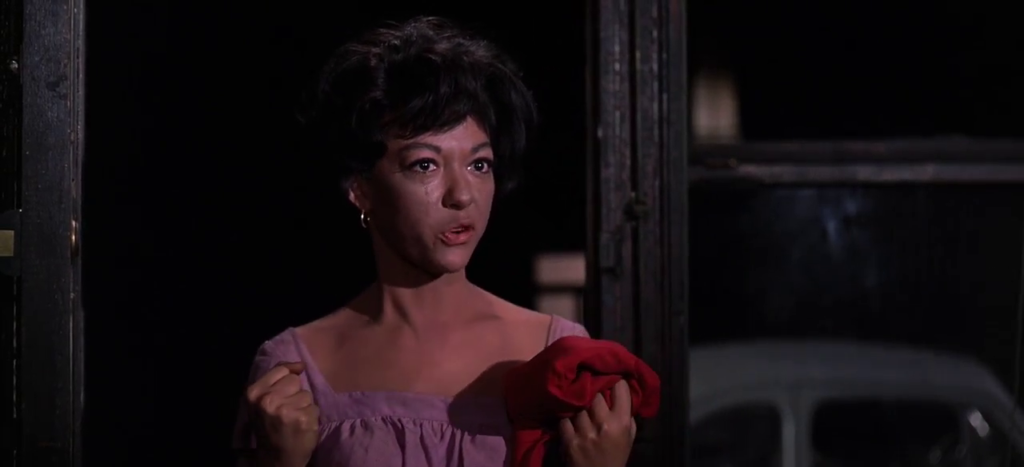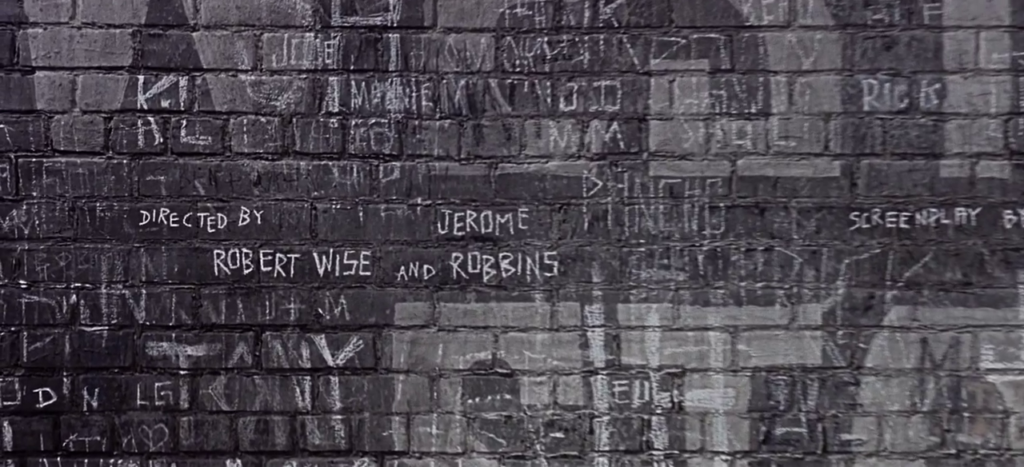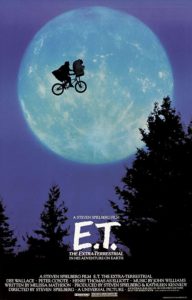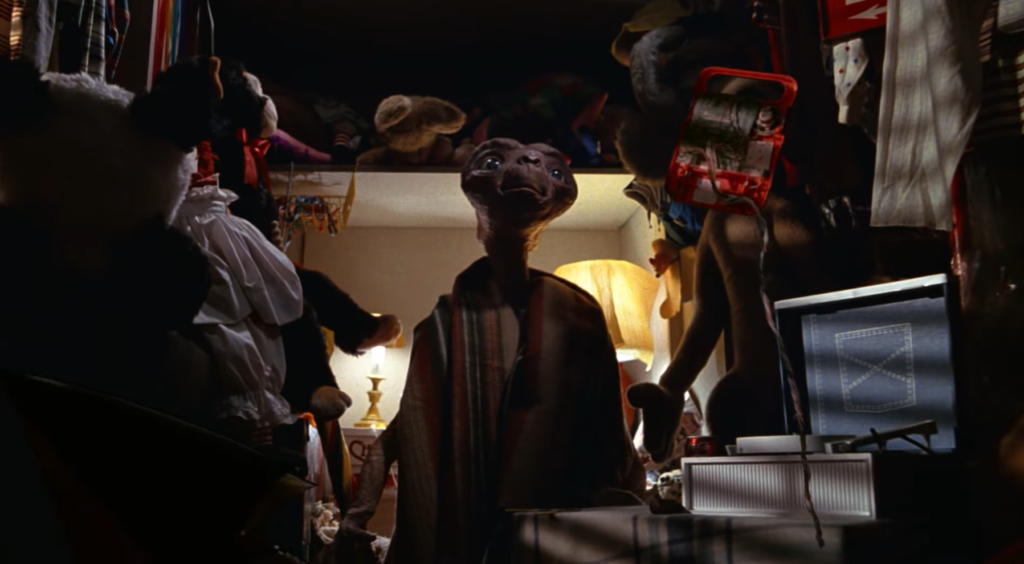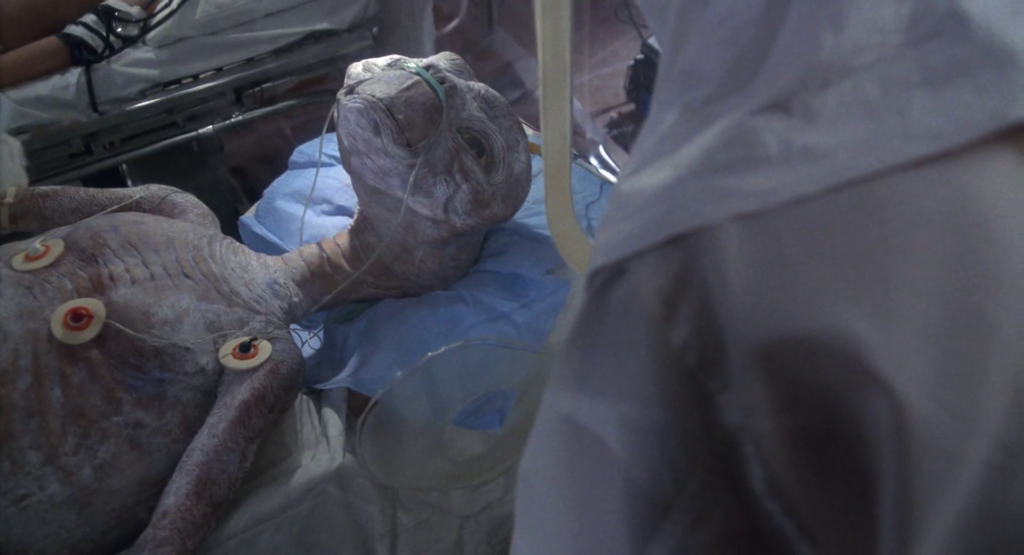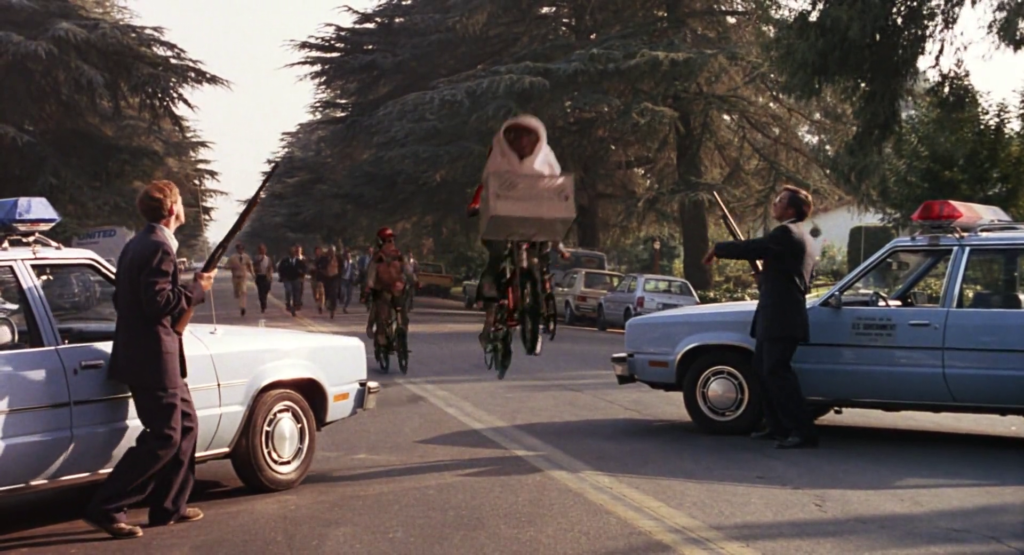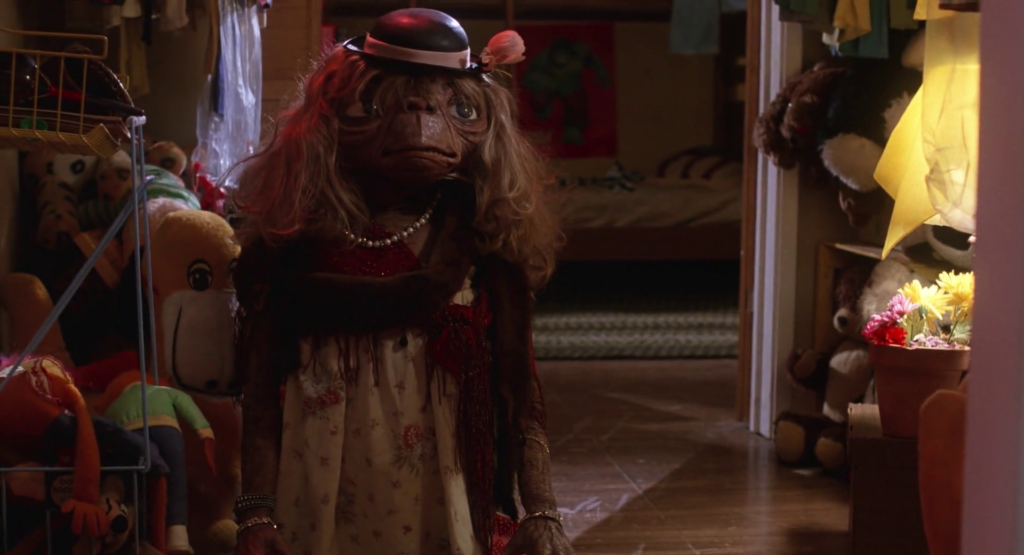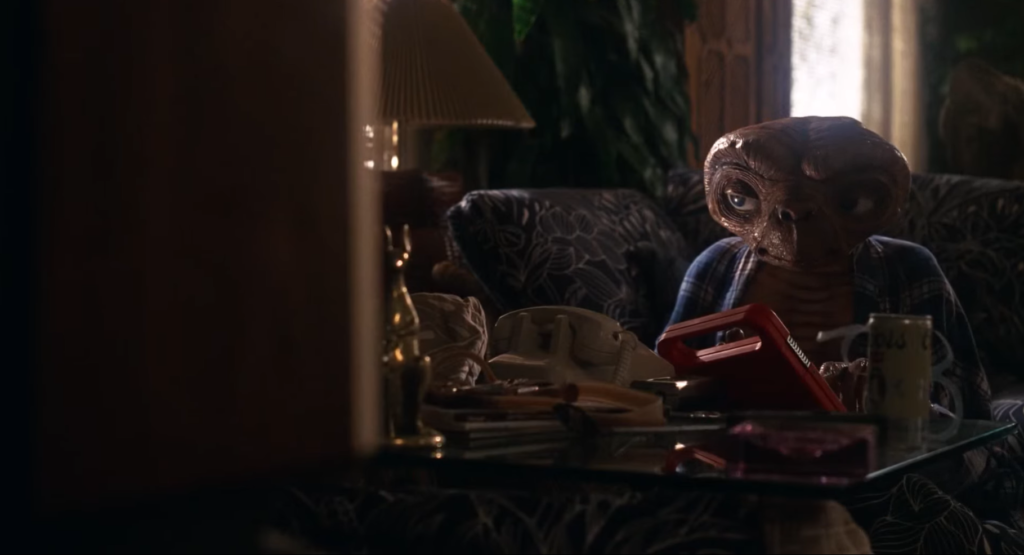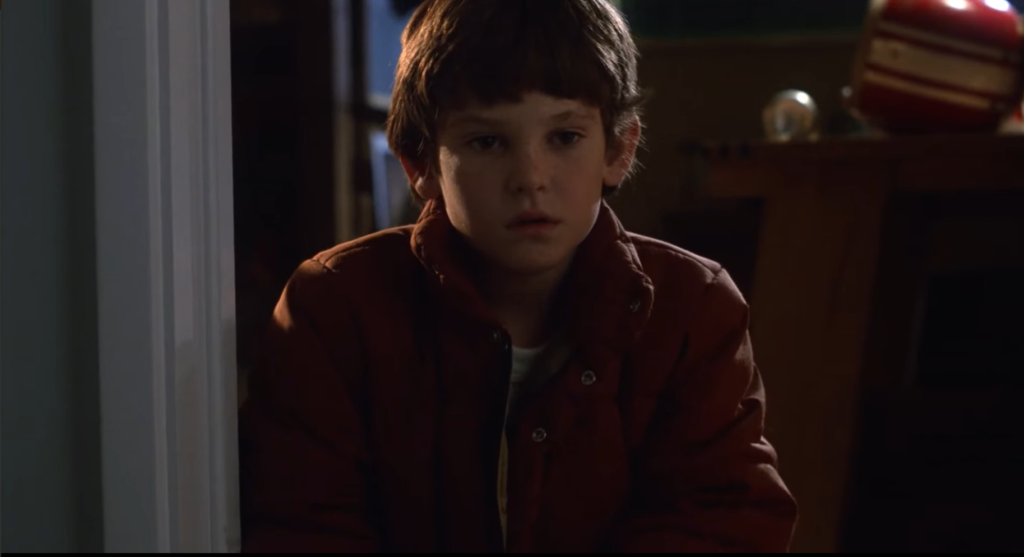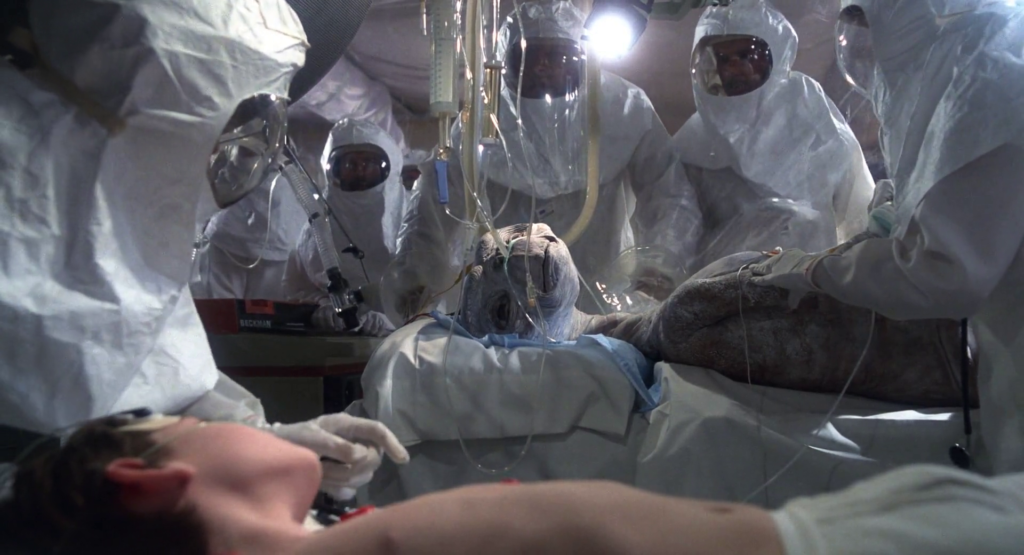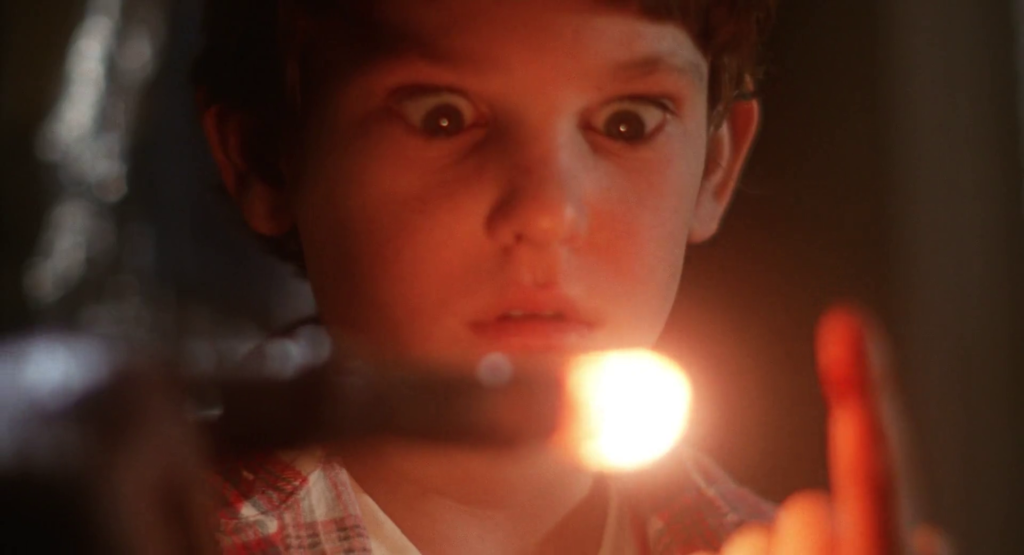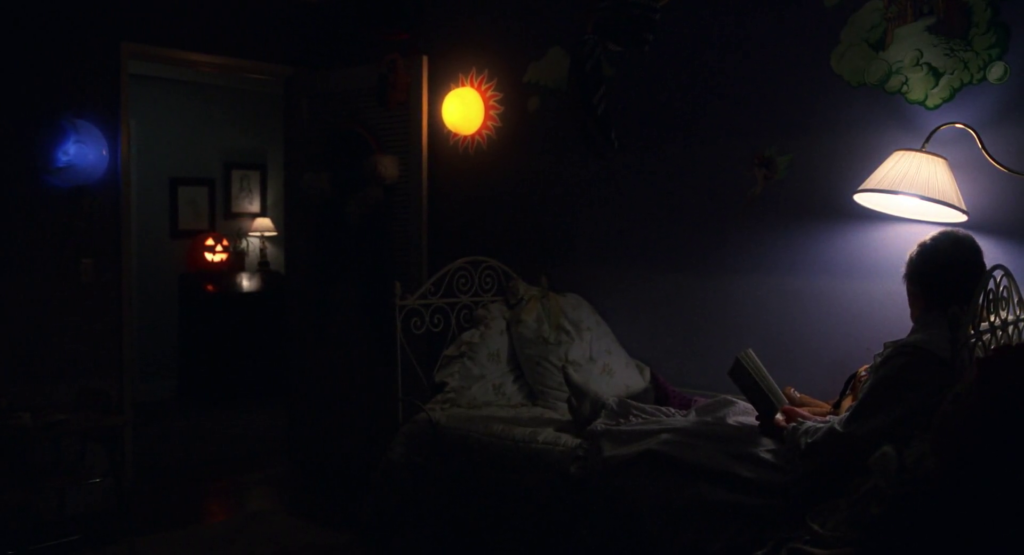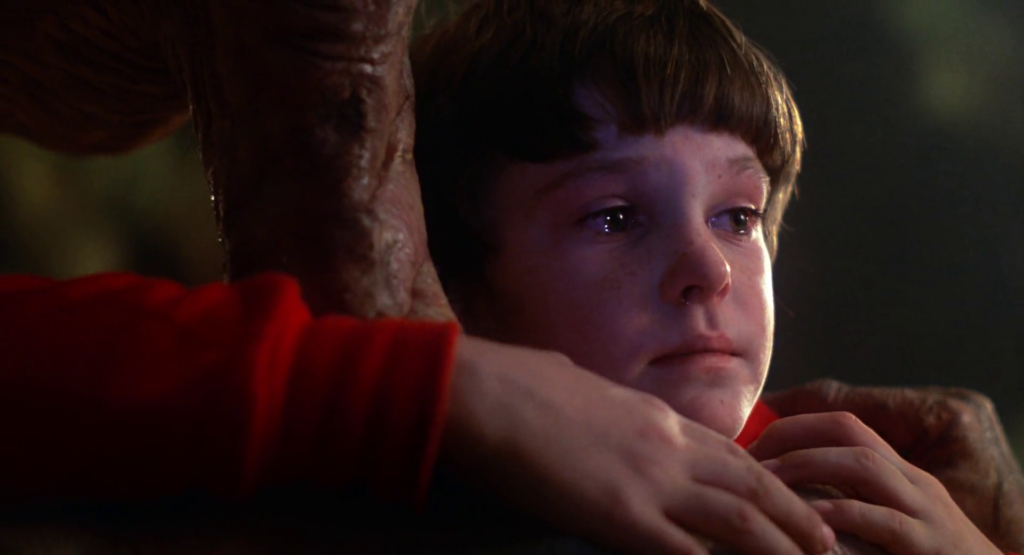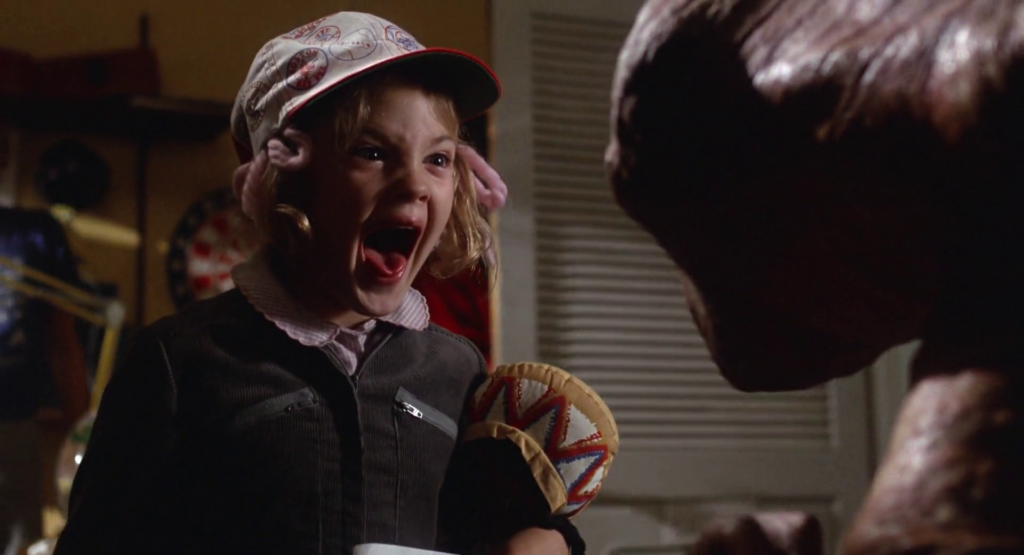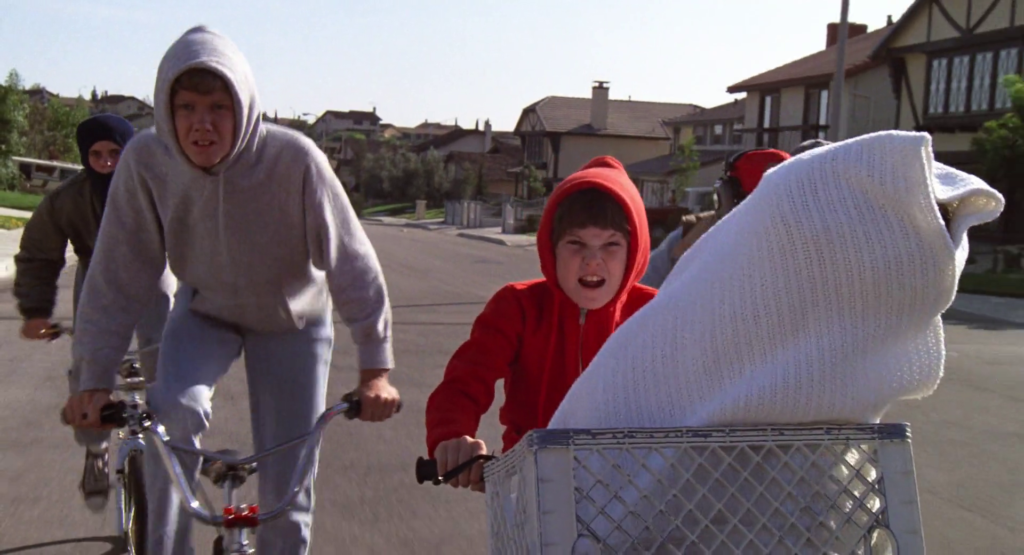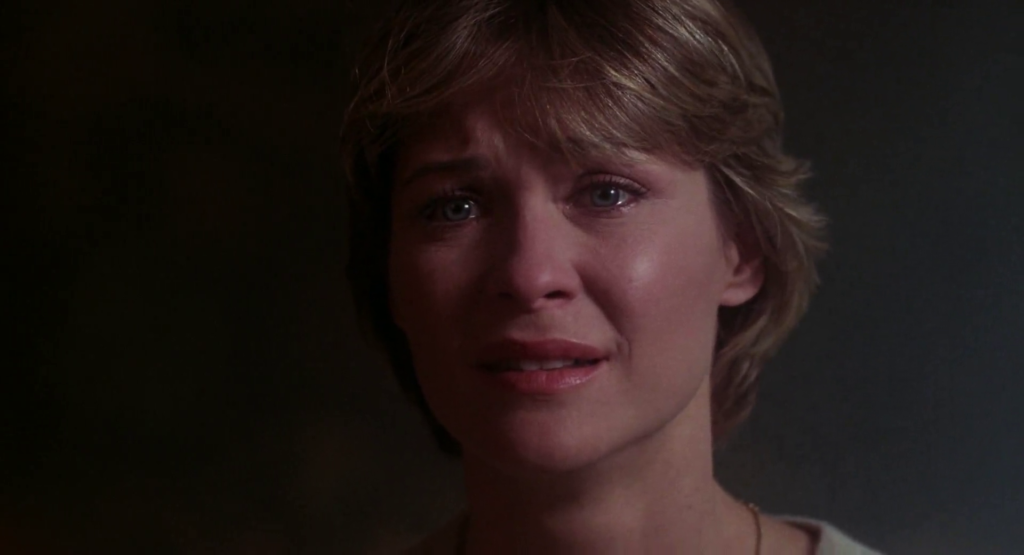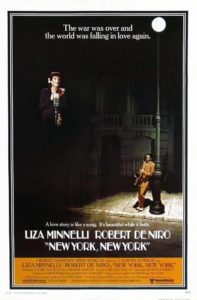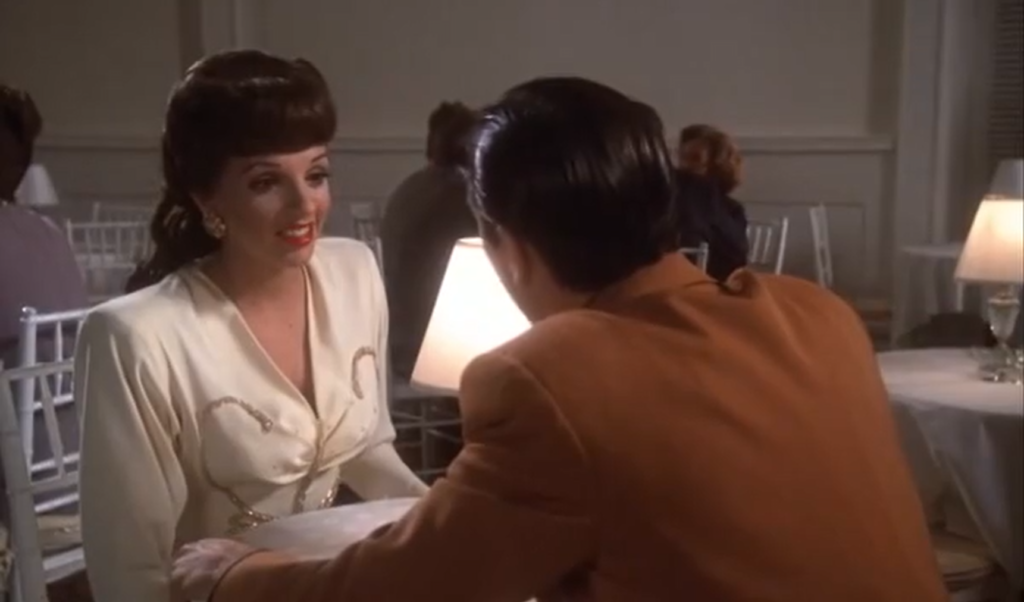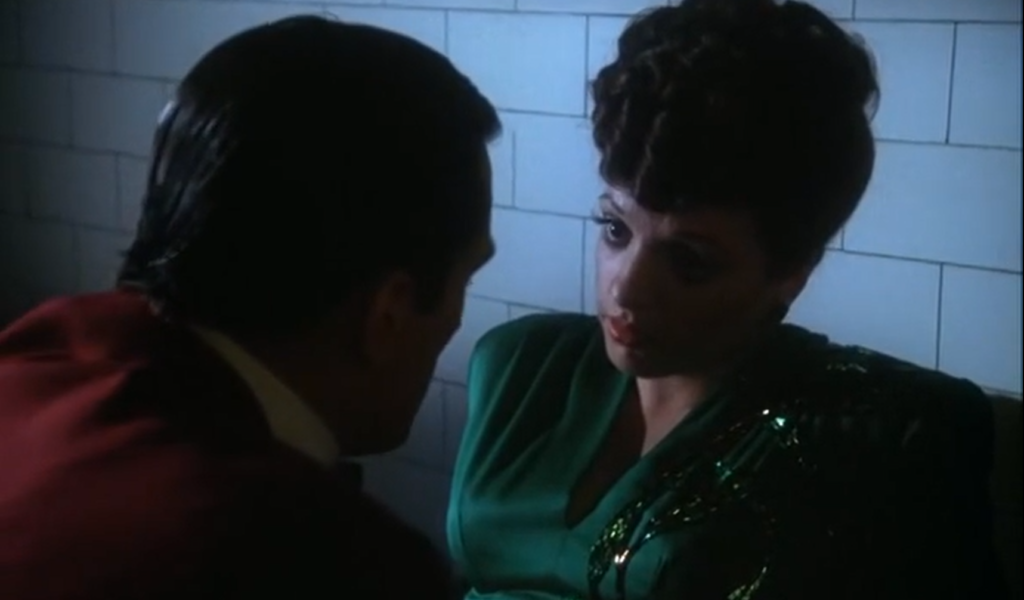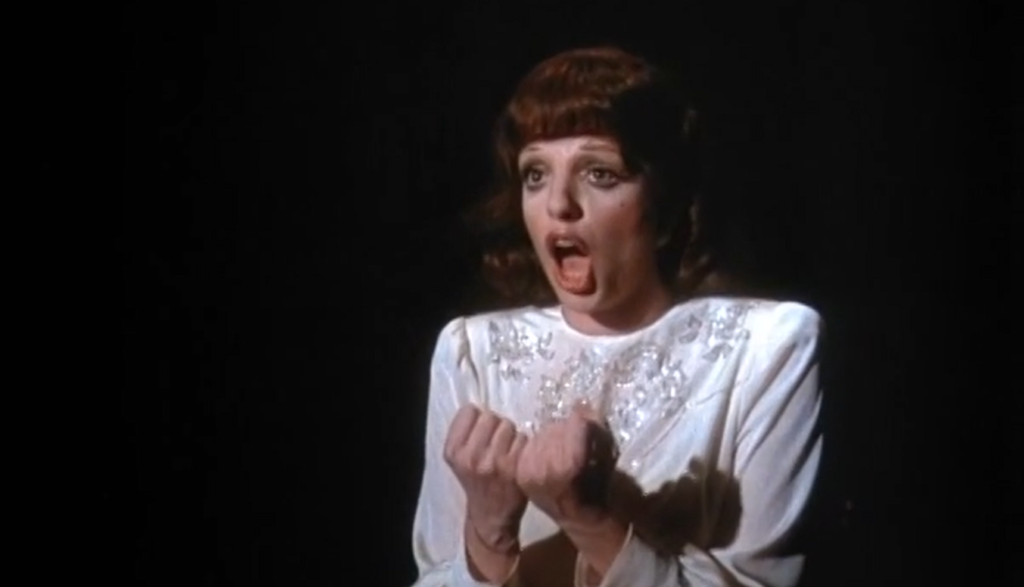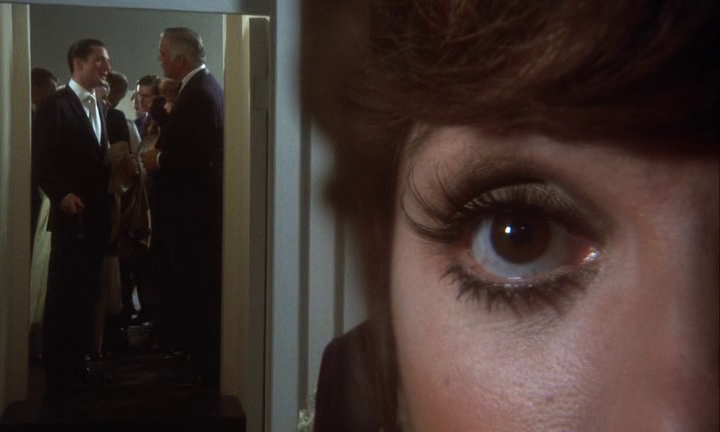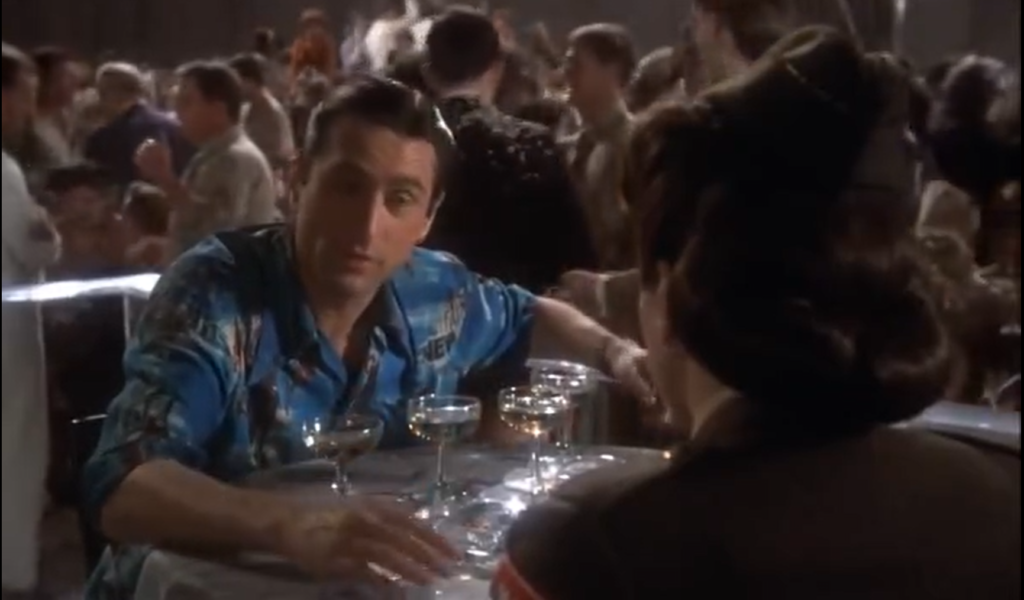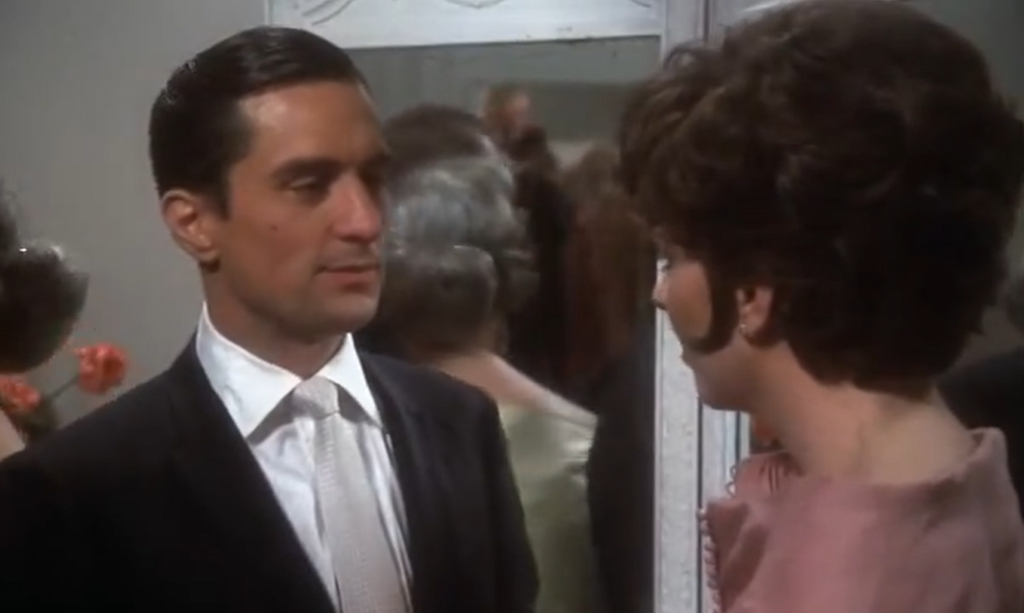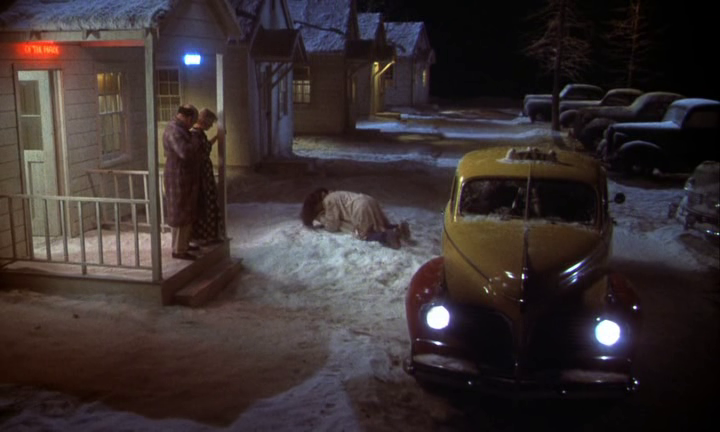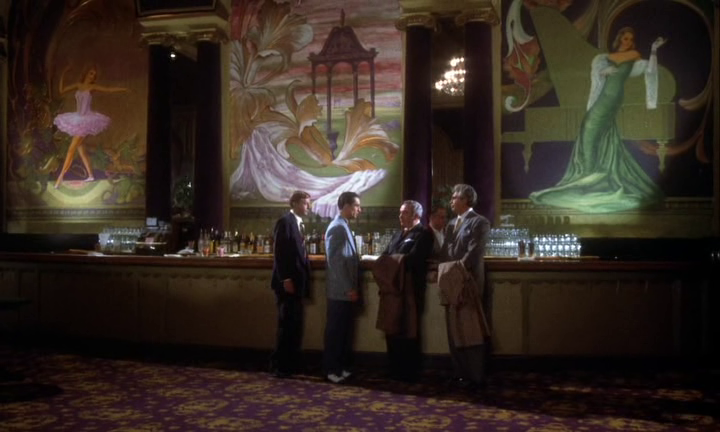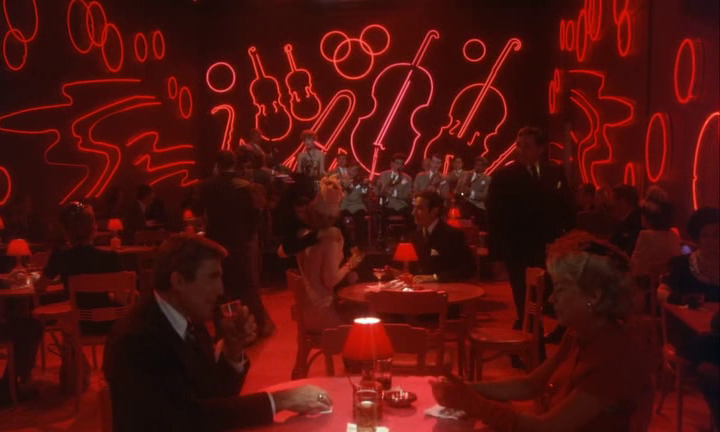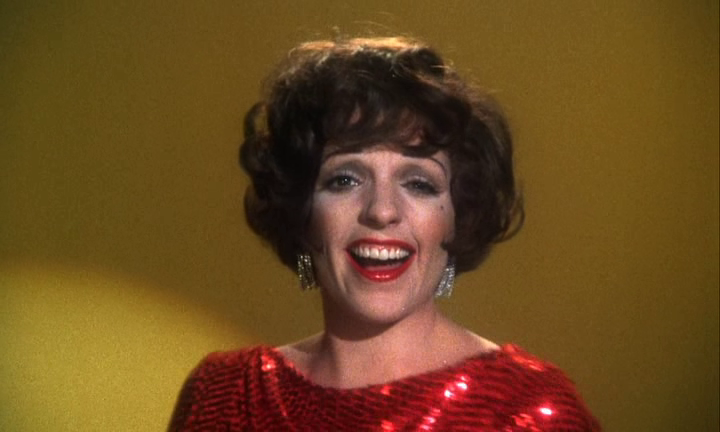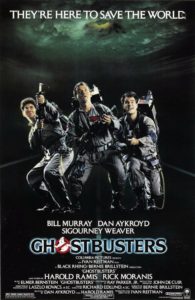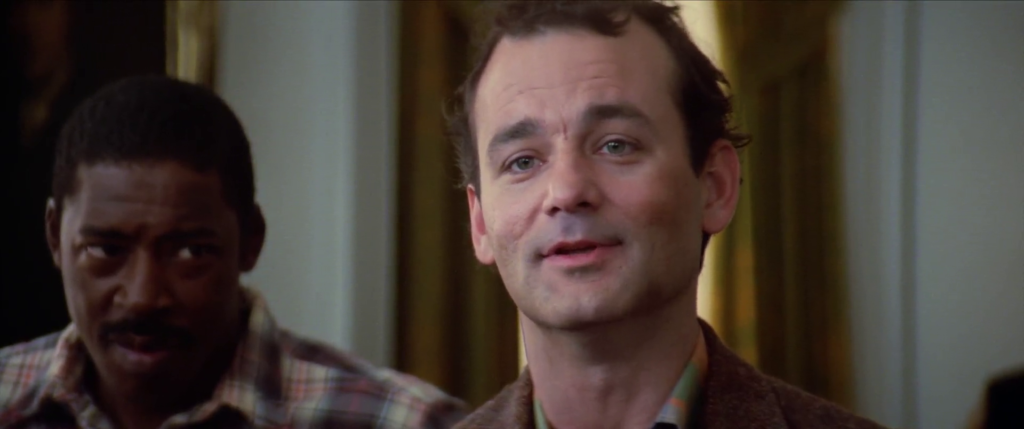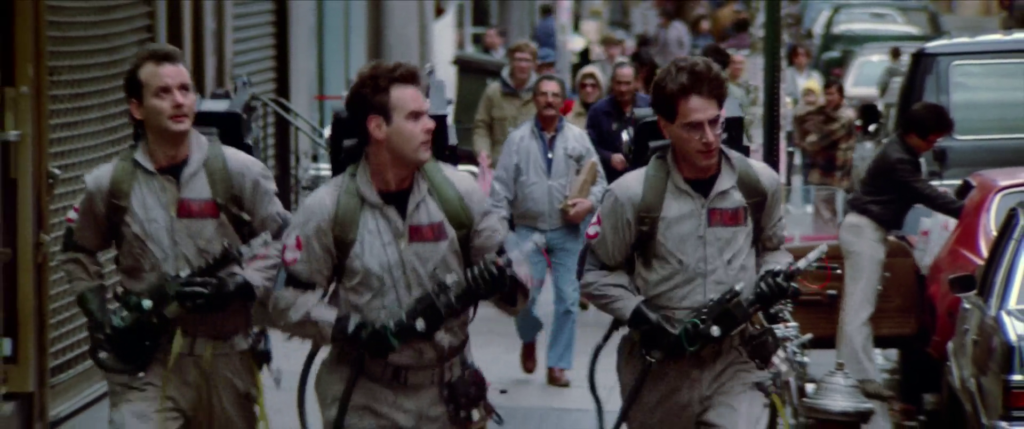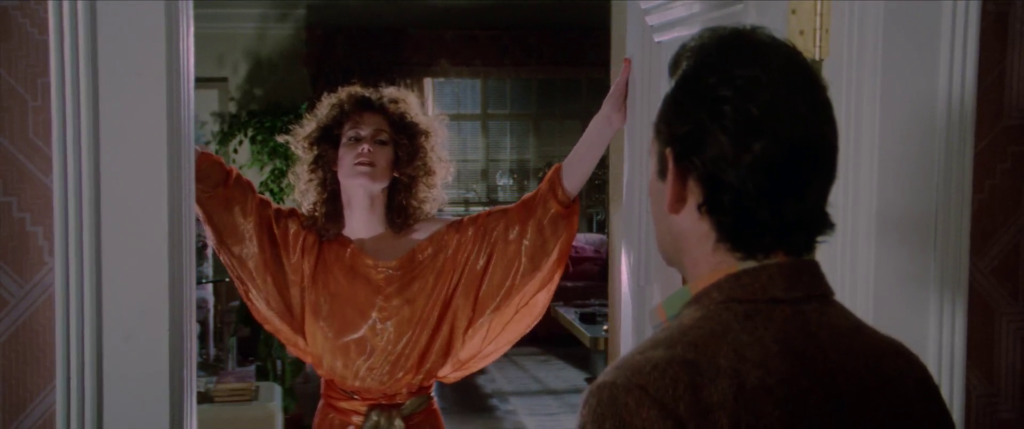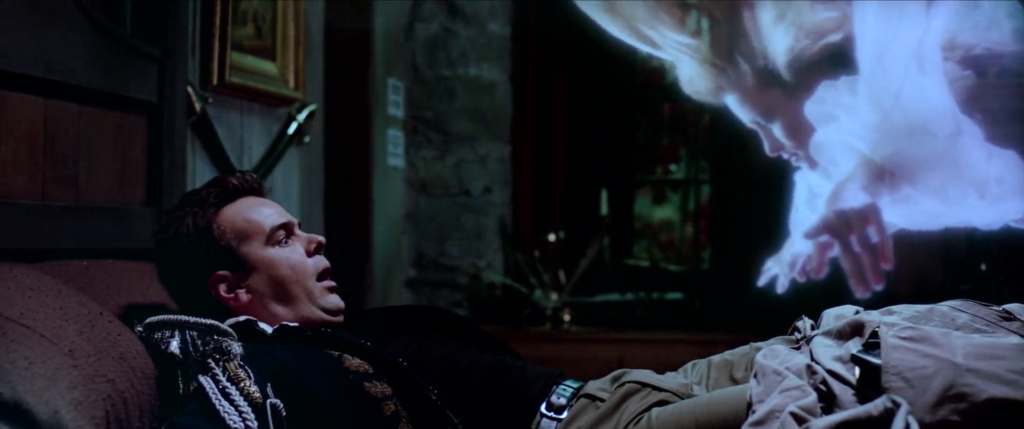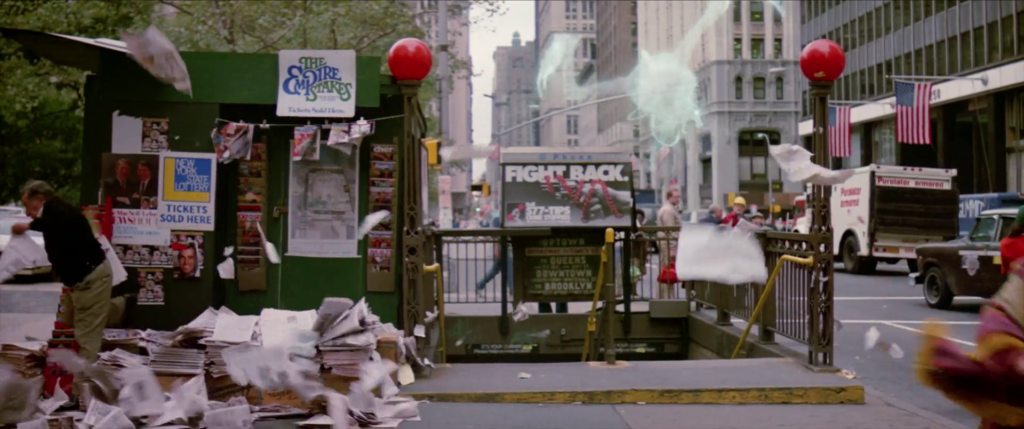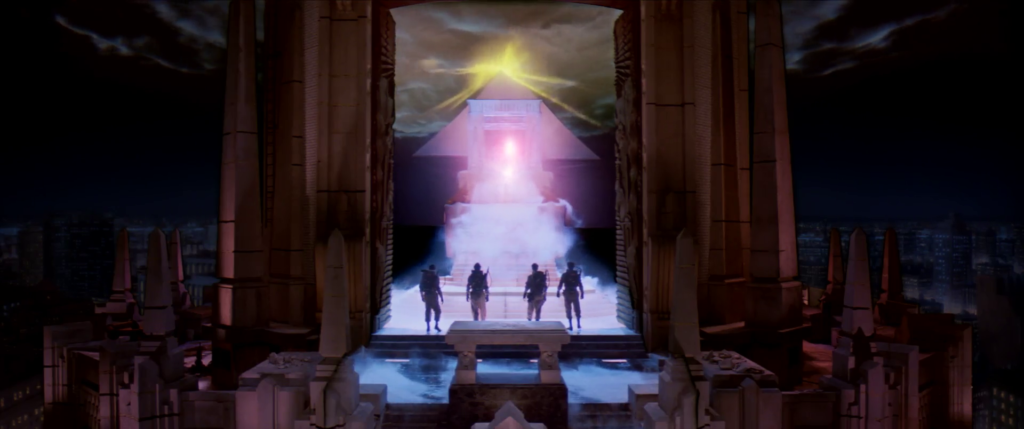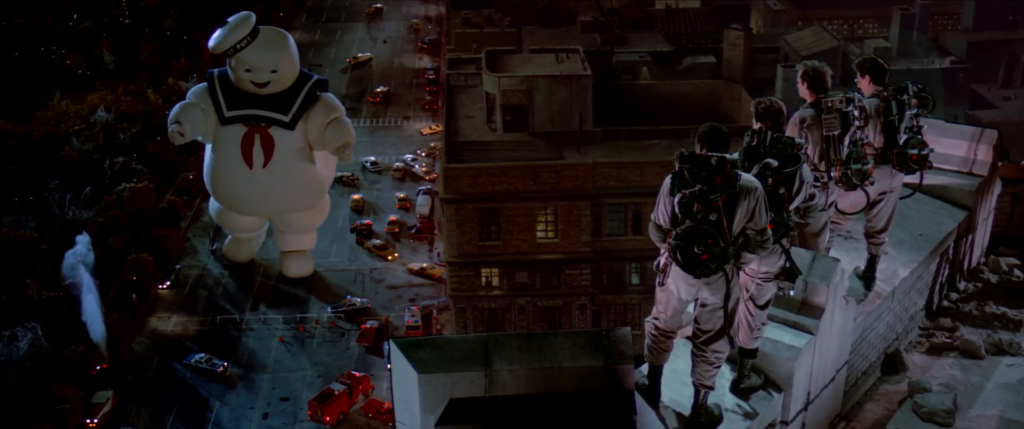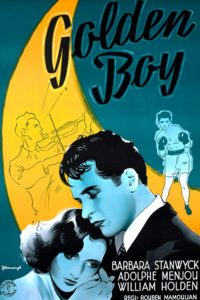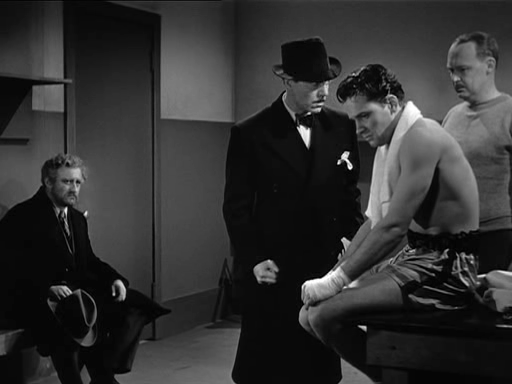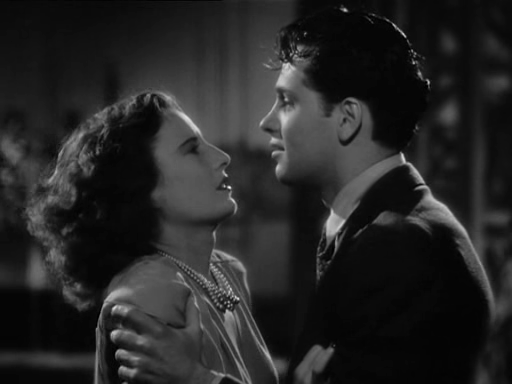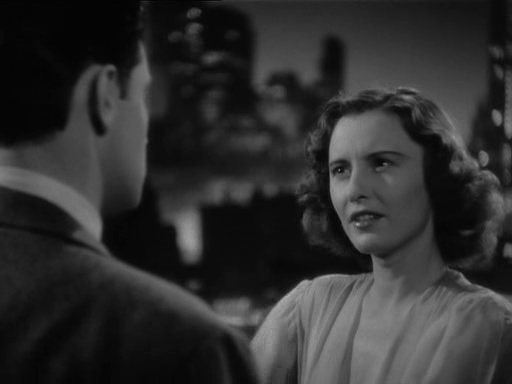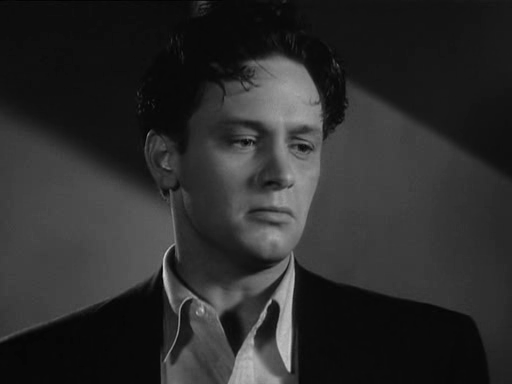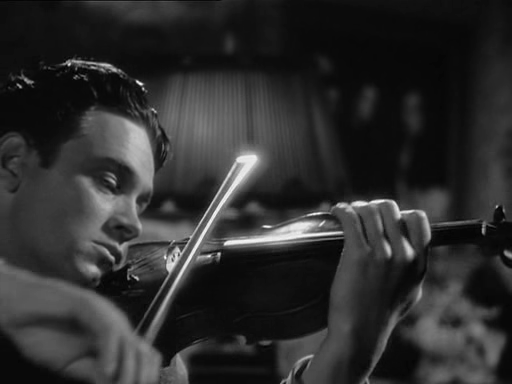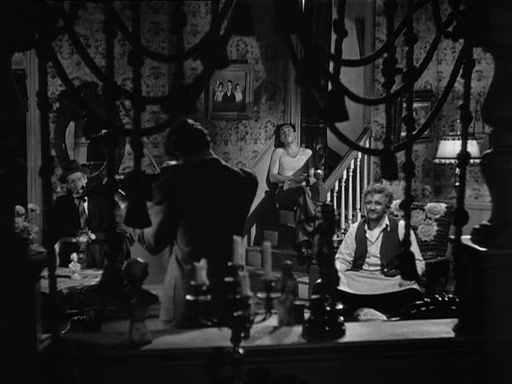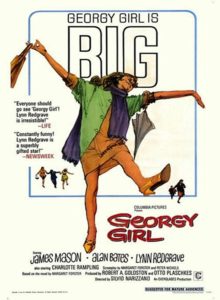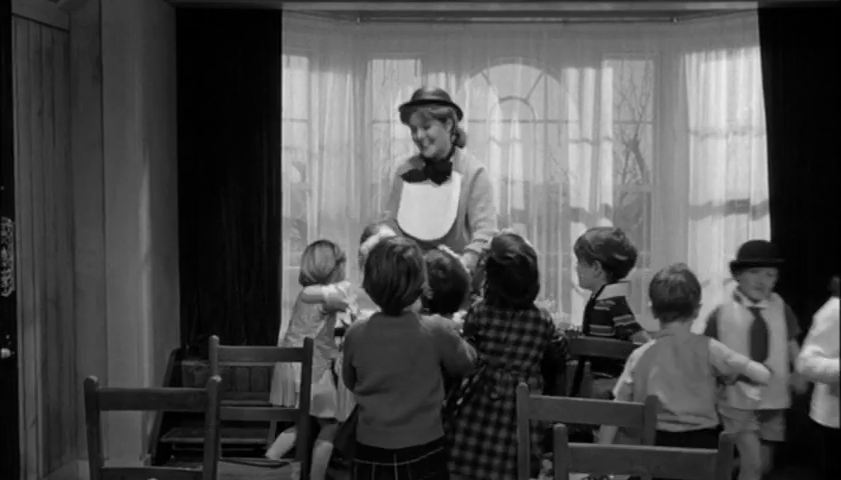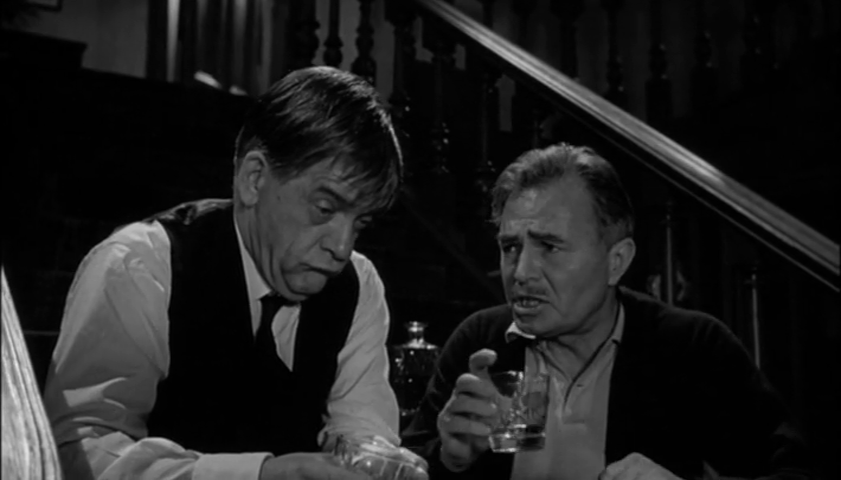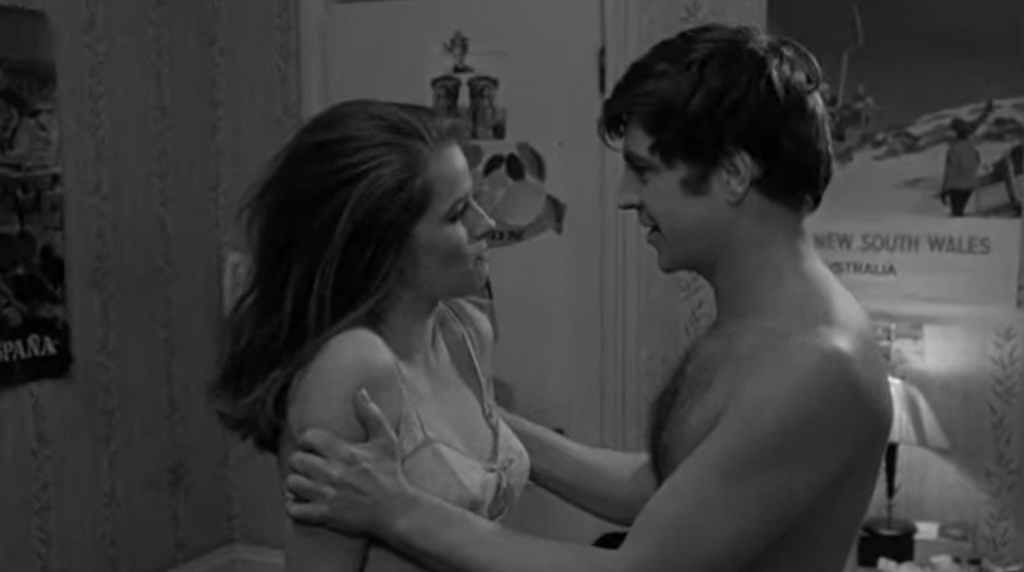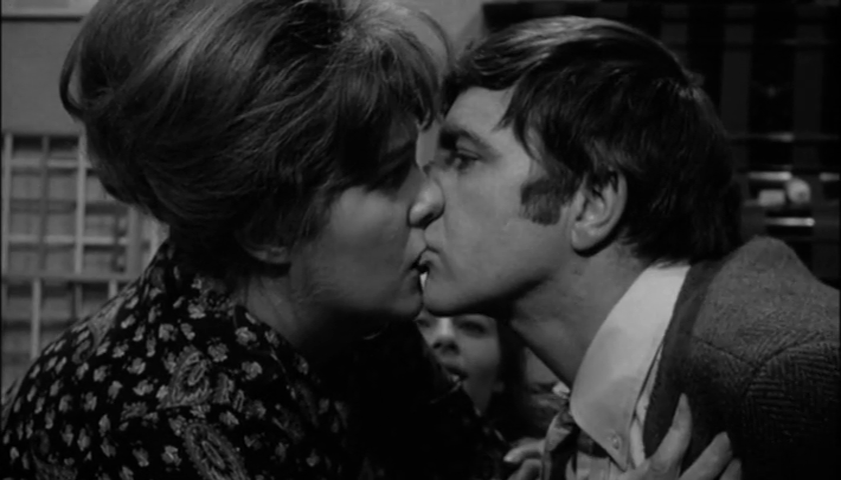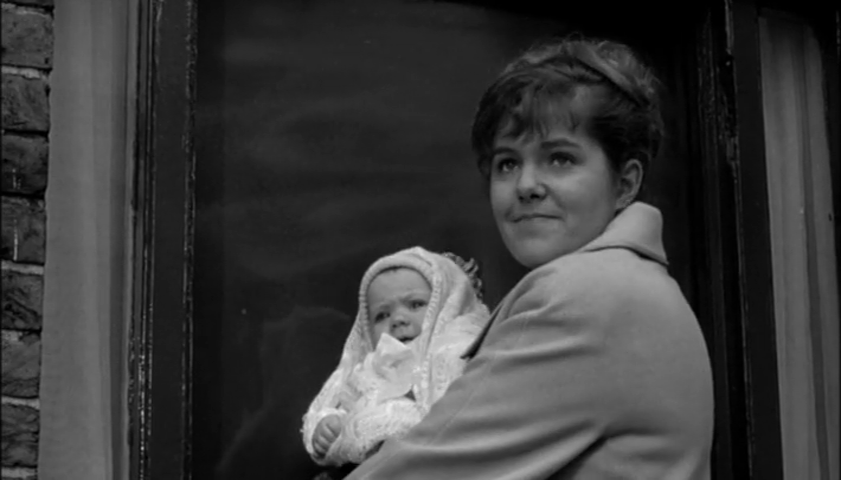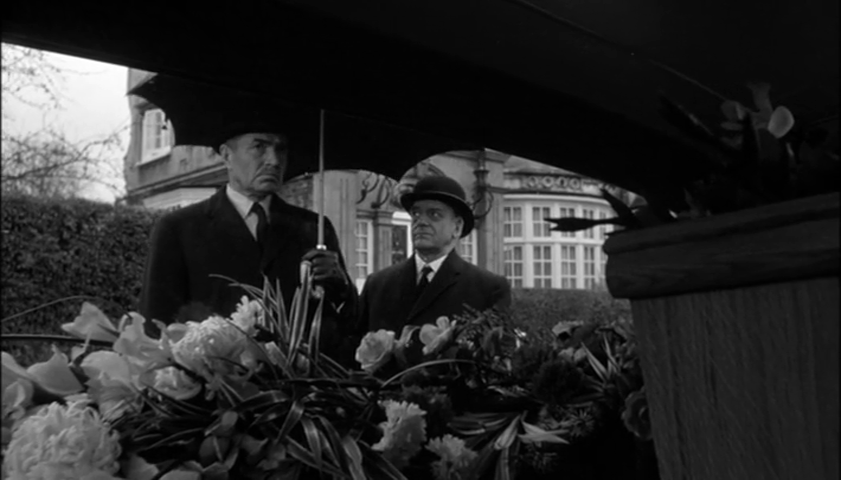|
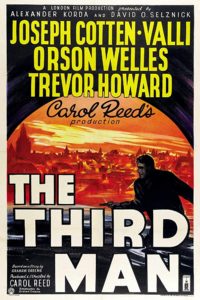
Synopsis:
A pulp western novelist named Holly Martins (Joseph Cotten) arrives in occupied post-war Vienna ready to work for his friend Harry Lime (Orson Welles), but soon learns Lime has recently been killed. While attending Lime’s funeral, Martins meets his grieving lover (Alida Valli), as well as two British Army policemen (Trevor Howard and Bernard Lee) who inform Martins that Lime was a criminal, and try to convince him to leave town. However, Martins is determined to figure out what happened to his late friend, and soon stumbles upon a startling discovery.
|
|
Genres:
- Alida Valli Films
- Amateur Sleuths
- Betrayal
- Carol Reed Films
- Expatriates
- Friendship
- Joseph Cotten Films
- Orson Welles Films
- Trevor Howard Films
- Writers
Response to Peary’s Review:
Peary writes that this “classic of the British cinema” has “suspense, wit, [and] fine performances”, as well as “many classic scenes”. He adds that “through shots of Vienna in ruins, the extensive use of bizarre camera angles, and the presentation of a sinister-corrupt-nightmarish atmosphere”, director Carol “Reed conveys a world out of order, where good men do evil deeds, where the British and the Russians work side by side, [and] where betrayal is more moral than loyalty” — which he believes “is the film’s major theme”. He notes that “Anton Karas’ classy zither-playing gives the film a romantic, haunting quality”, and is “just the right ingredient that takes this picture to masterwork level”.
It’s actually hard to name just one element that contributes to this film’s success; as noted by Peter Bogdanovich:
“It’s one of the best — if not the best — non-auteur films ever made, where you have this extraordinary coming together of a bunch of really first-rate talents, all working at their top: Graham Greene as a writer, Alex Korda as a producor, Carol Reed as a director, Vienna looking very photogenic right after the war, Trevor Howard at his best, Orson Welles certainly at his most mysterious in a role that he was born to play…”
Indeed, everything about this expertly crafted, finely acted film keeps one glued to the screen and the storyline — thanks in large part to consistently innovative cinematography, with action taking place on inherently atmospheric sets.
The attention to period detail and overall ambience in this film is especially significant; this is not simply any old “murder mystery”, but rather one that’s inextricably entrenched within the unique milieu of a city split into fragments by various occupiers, its motley inhabitants dealing with the inevitability of post-war chaos, corruption, and mistrust. Lonely Martins stumbles into this unsettled setting, mourning the loss of a man he considers “the best friend he ever had” while falling hard for stunning beauty Valli (excellent in her most iconic role). Meanwhile, Howard’s cynical-realist policeman is perpetually on the sidelines, ready to remind Cotten what kind of man his friend Harry Lime really was.
Countless memorable images stand out from The Third Man: “Holly being bitten by a parrot, Holly being chased by a little boy who’s telling everyone within earshot that Holly’s a murderer, Lime and Holly speaking while on a Ferris wheel, Lime being chased through the sewers, and in the finale, Holly waiting for Valli as she walks toward the camera”. Also notable are Holly’s disastrous (indeed, nightmarish and Hitchcockian) talk in front of an audience of “cultured” Brits ready to hear him expound on high-falutin’ literary topics; “Baron” Kurtz (Ernst Deutsch) playing violin at the Casanova Club while an overweight female sips soup right under his chin; the many scenes in which faces of random citizens are shown in crowded, close focus on the screen; Lee punching Holly and then, without missing a beat, politely helping him get back up. There’s no sentimentality here: as much as Holly may want to imbue his old friend with the glow of eternal loyalty, his idealized vision is broken down bit by bit, and there’s no happy ending in sight (though surely he has plenty of material to bring to his work as a novelist).
Redeeming Qualities and Moments:
- Joseph Cotten as Holly Martins
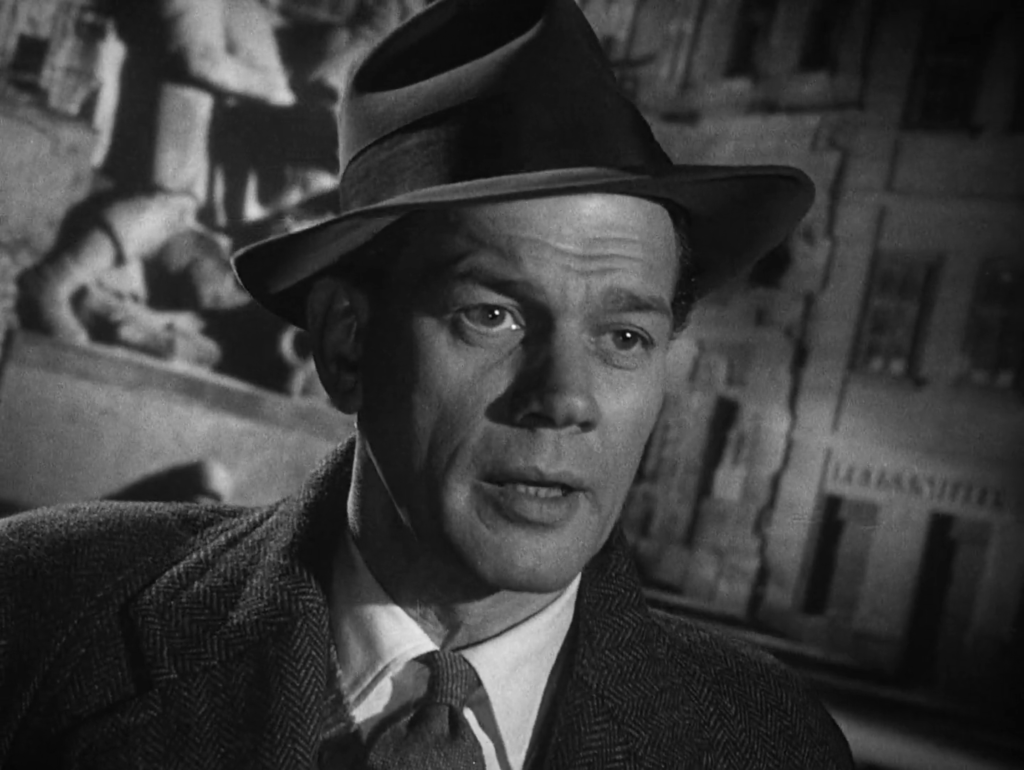
- Alida Valli as Anna
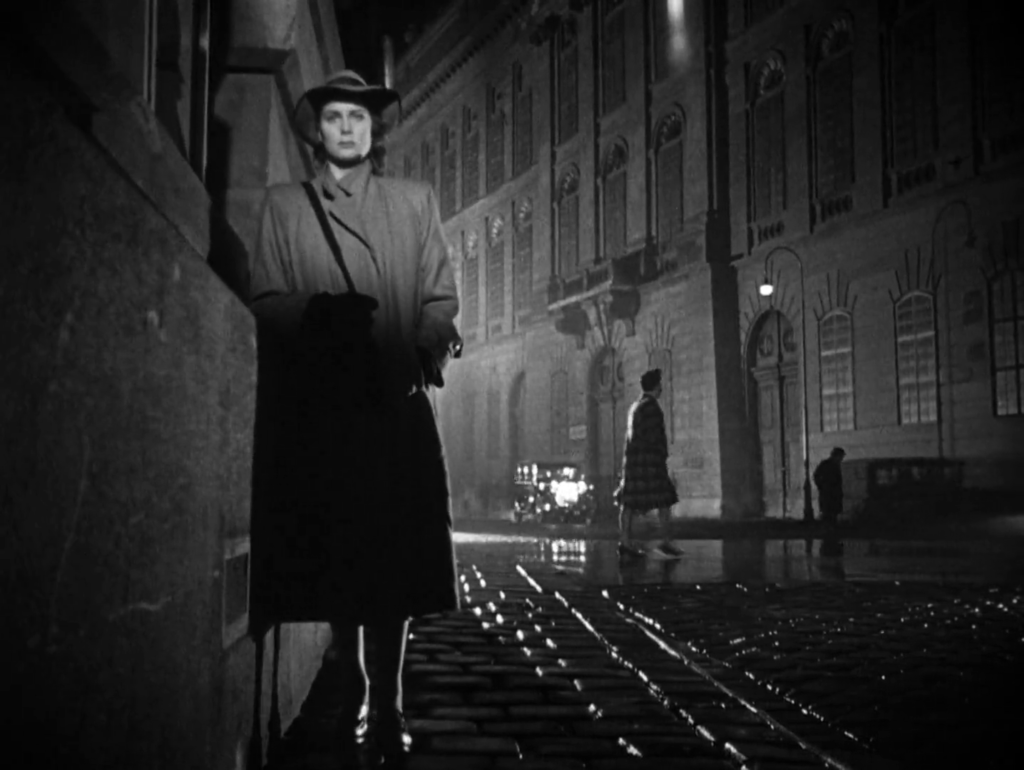
- Orson Welles as Harry Lime
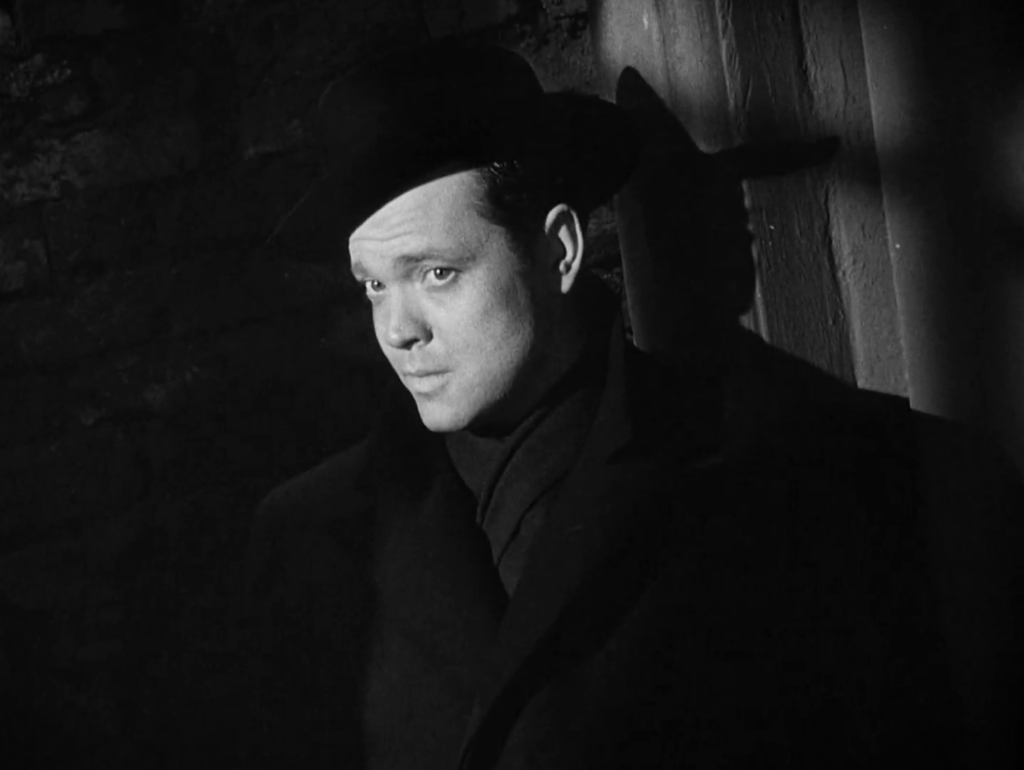
- Trevor Howard as Major Calloway
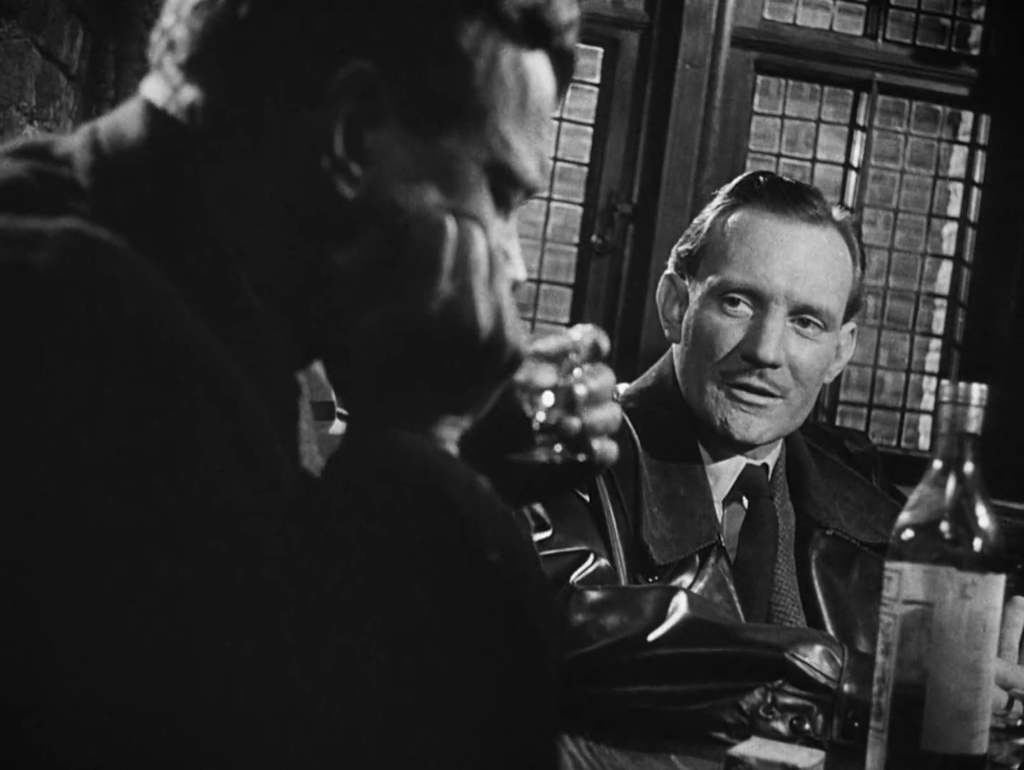
- Finely realized supporting performances
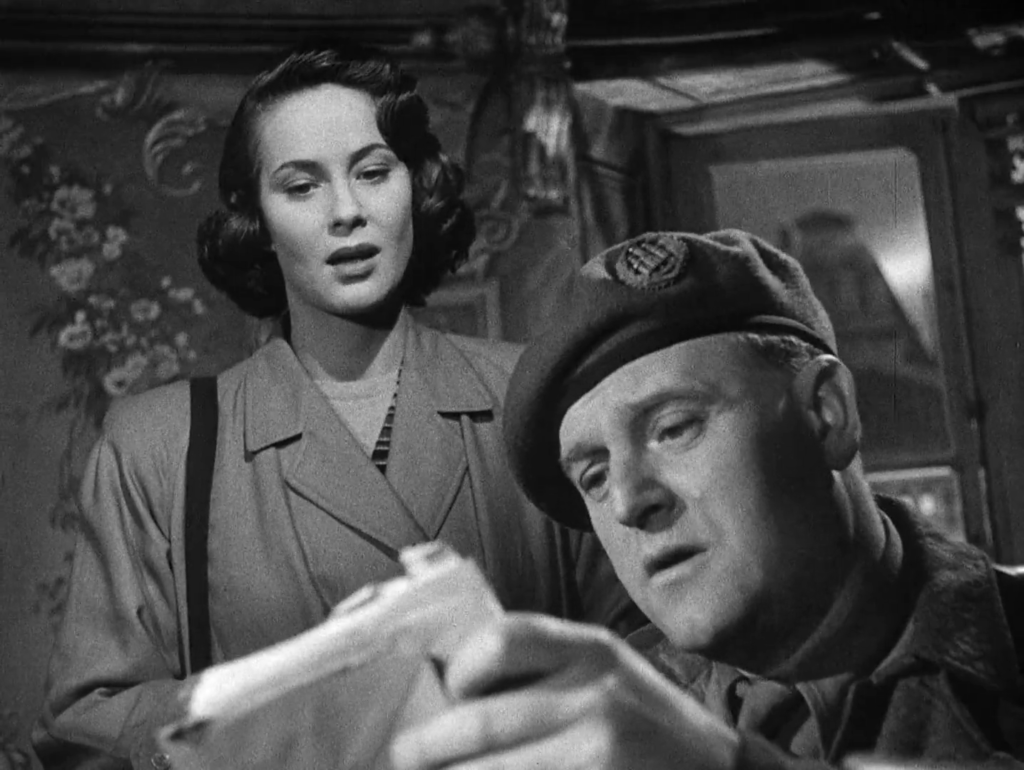
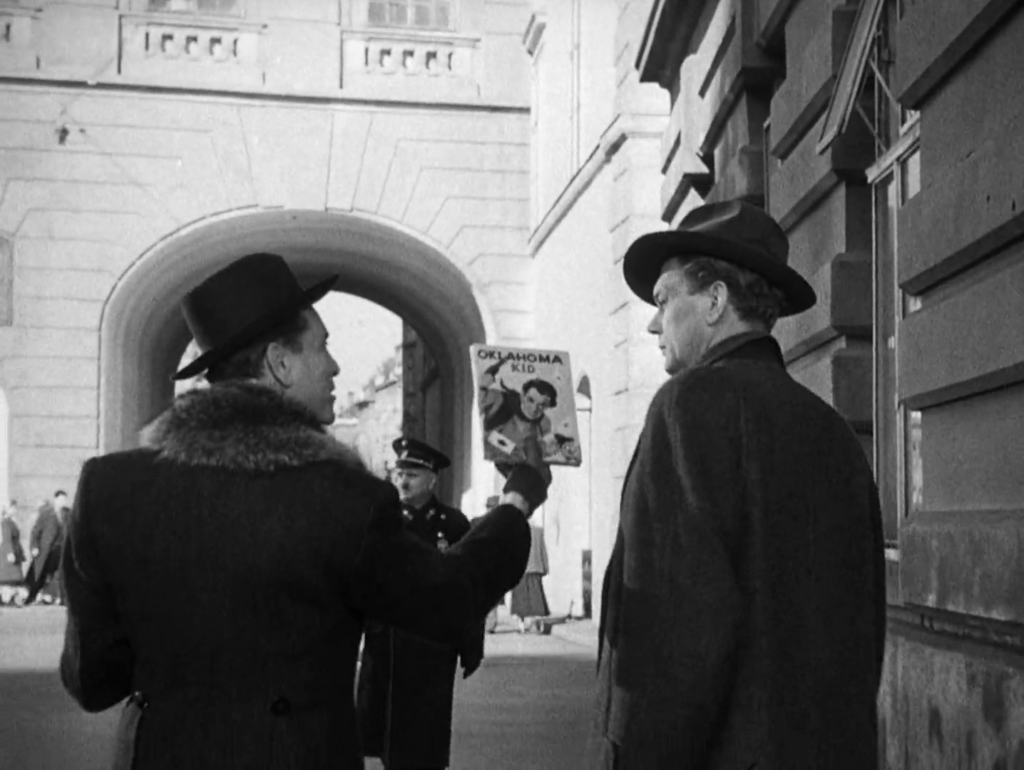
- Highly atmospheric cinematography
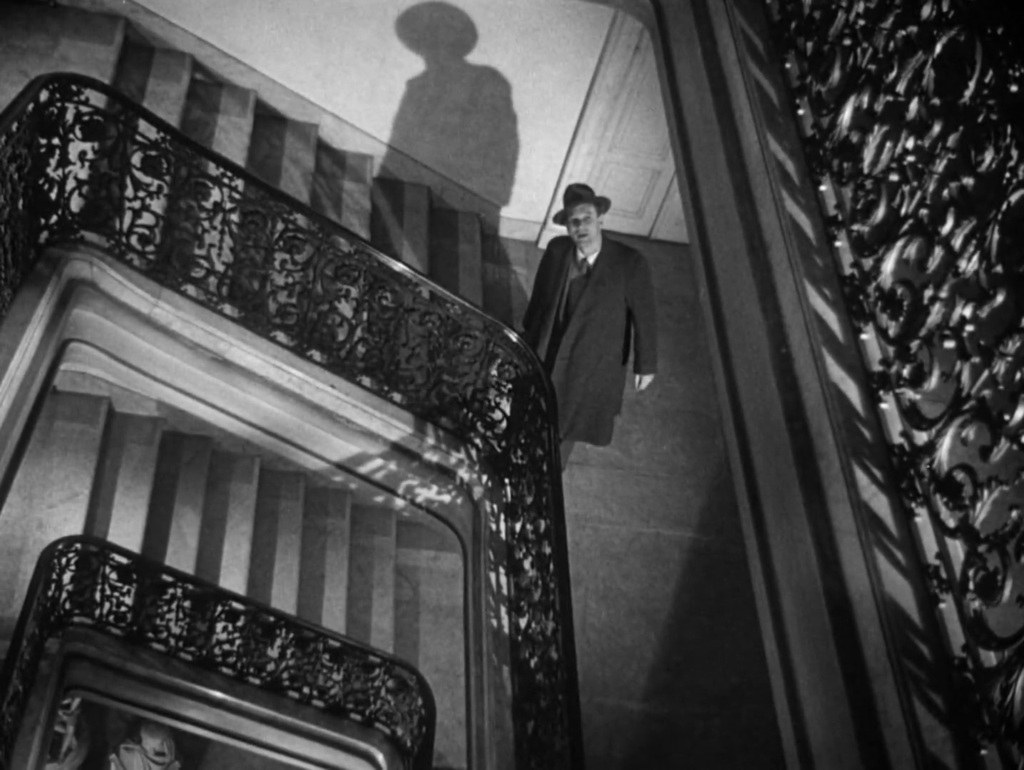
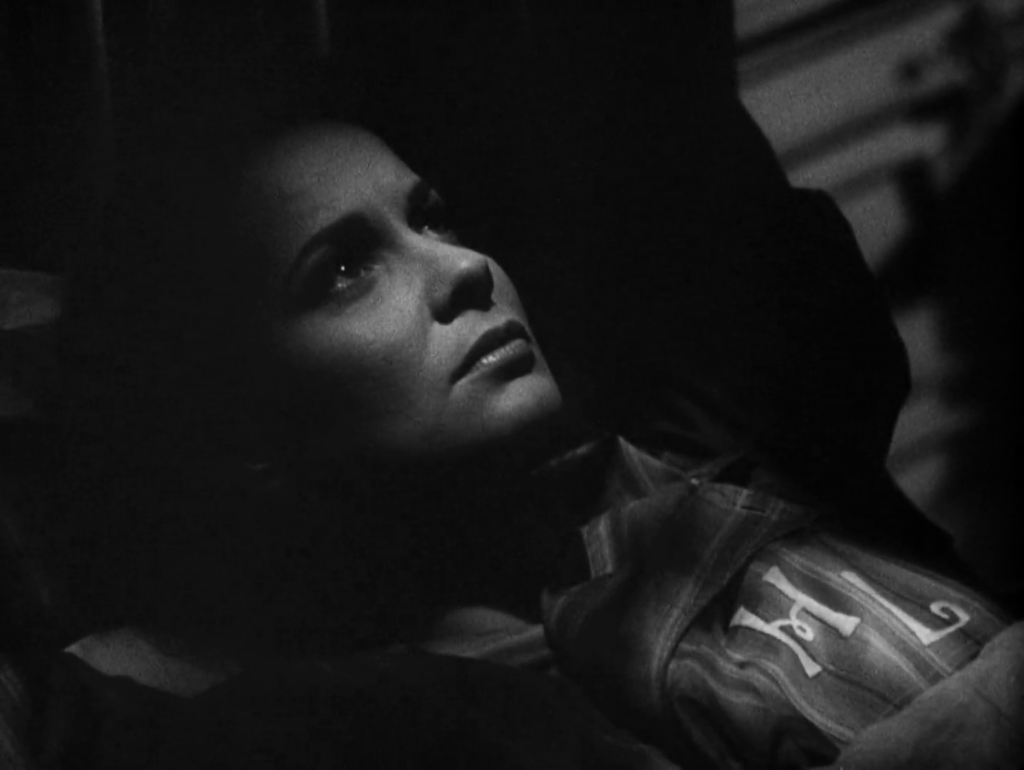
- Effectively stylized camera angles
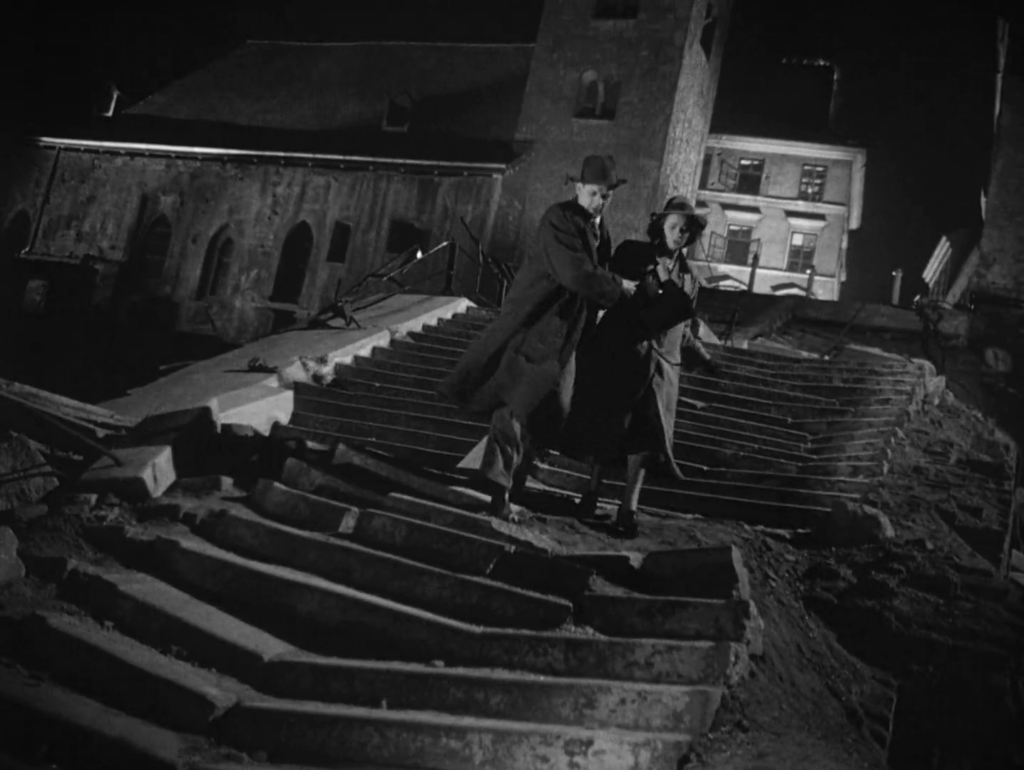
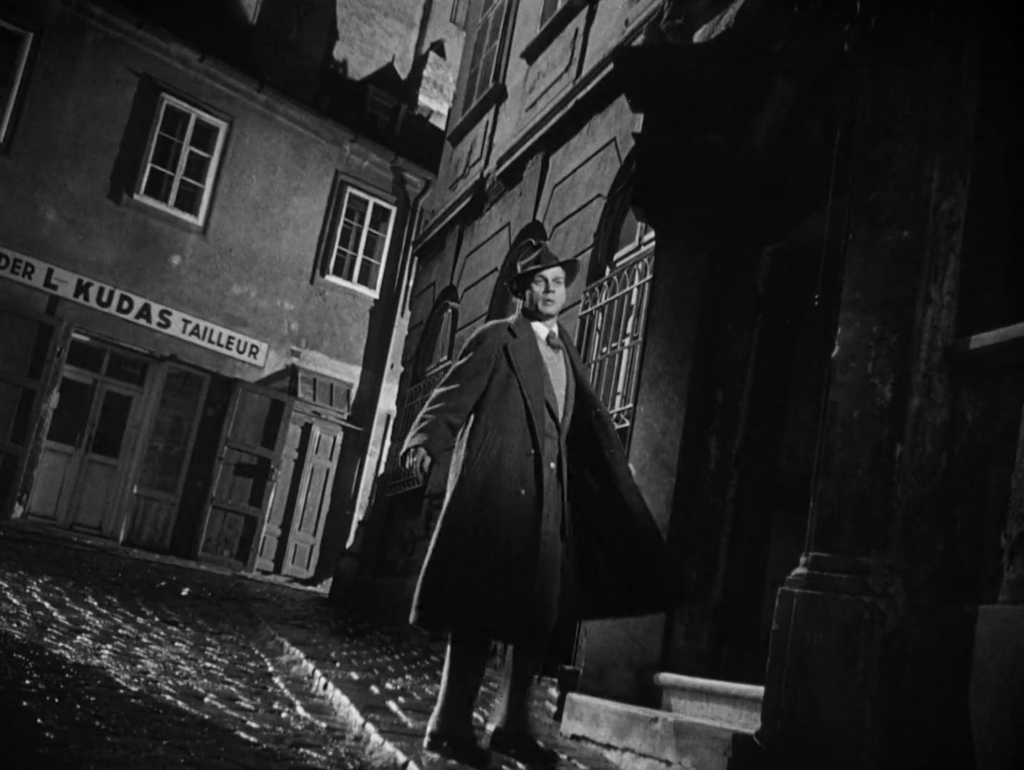
- Excellent use of authentic (and/or authentically recreated) locales
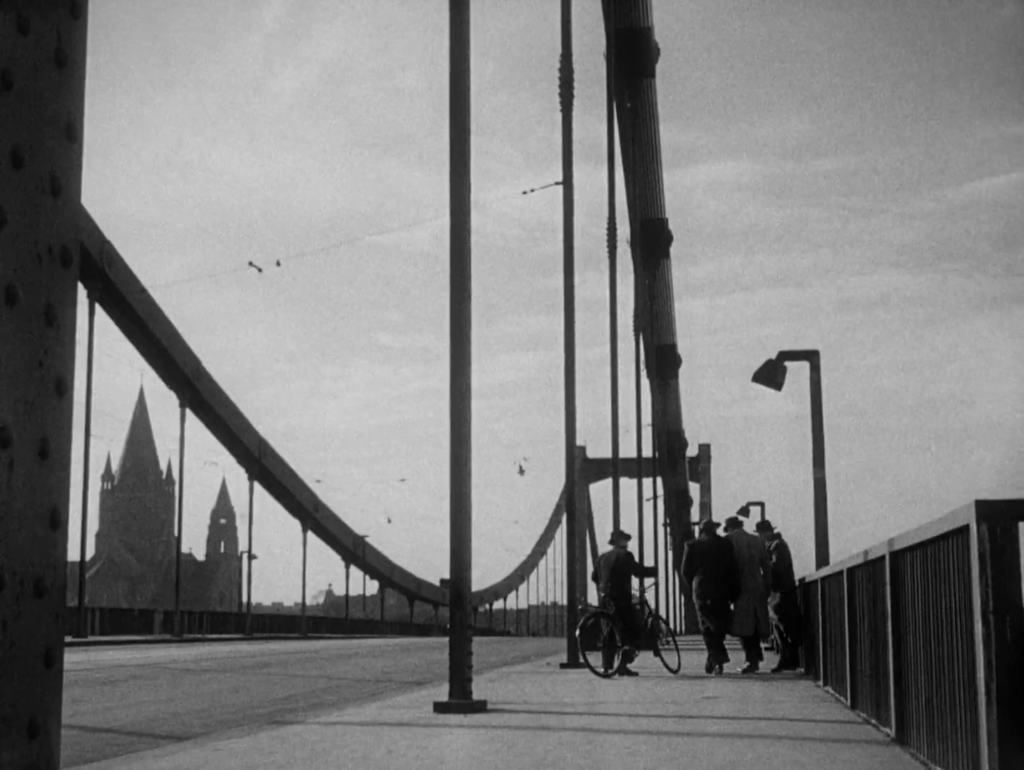
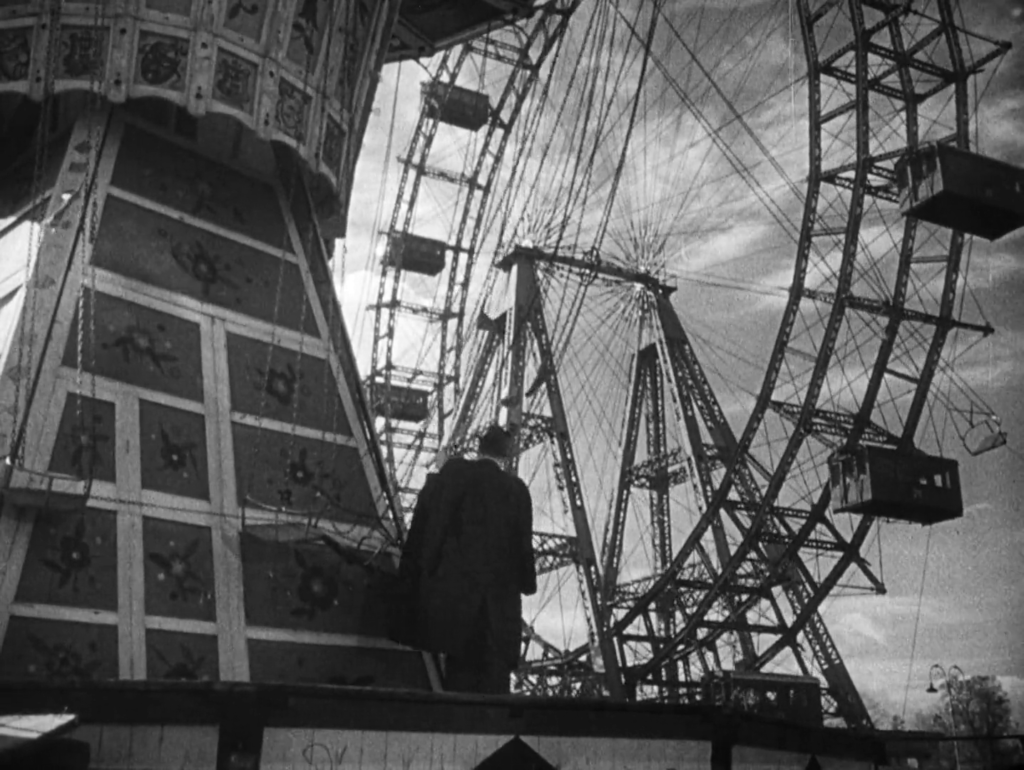
- The final shootout chase through Vienna’s sewers
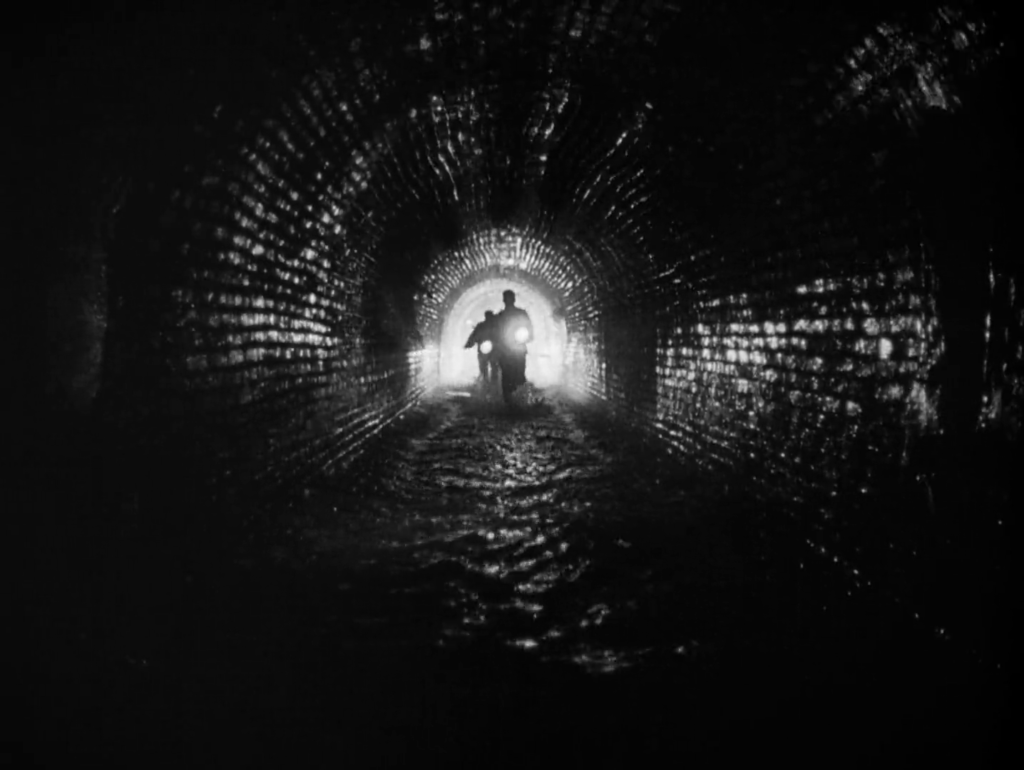
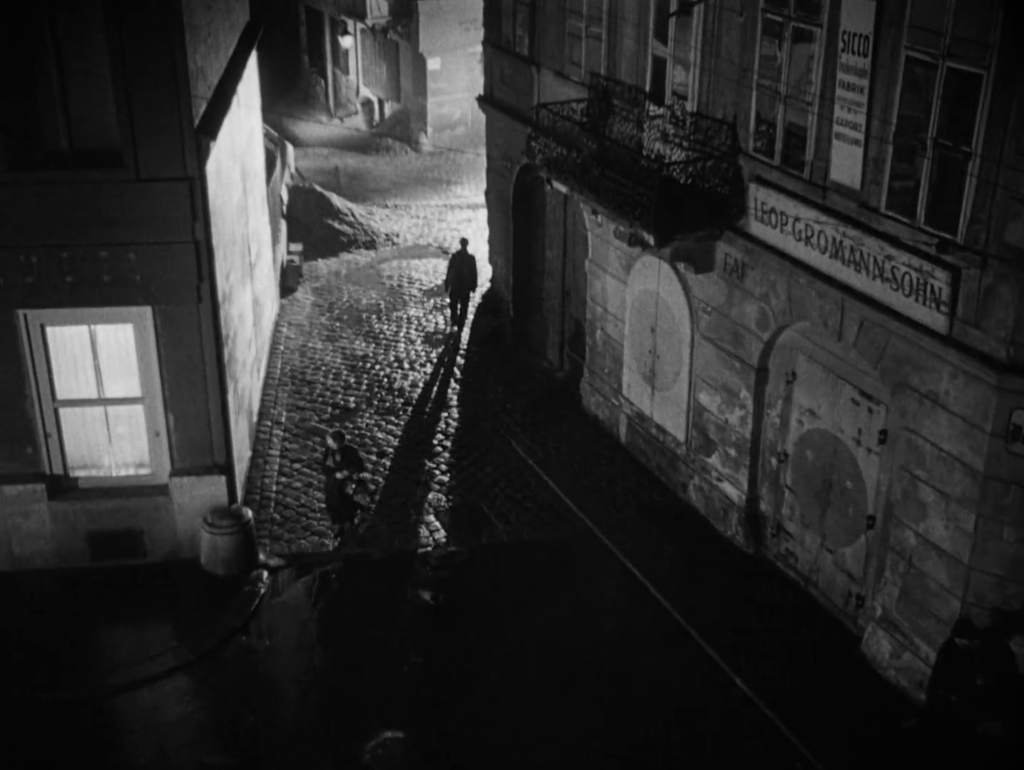
- Grahame Greene’s script
- Anton Karas’ oh-so-memorable zither score
Must See?
Yes, as an indisputable classic of the era and genre.
Categories
(Listed in 1001 Movies You Must See Before You Die)
Links:
|
